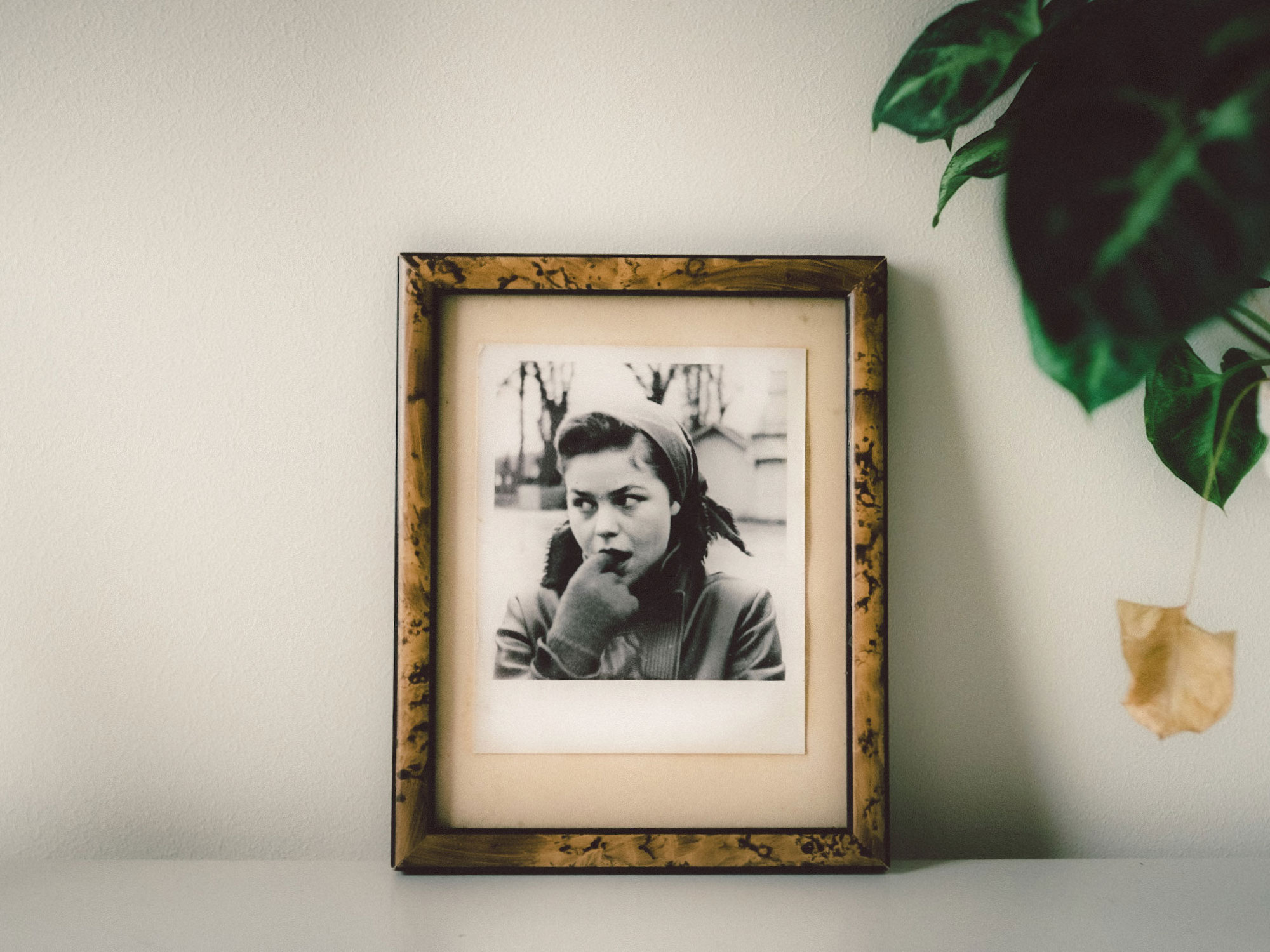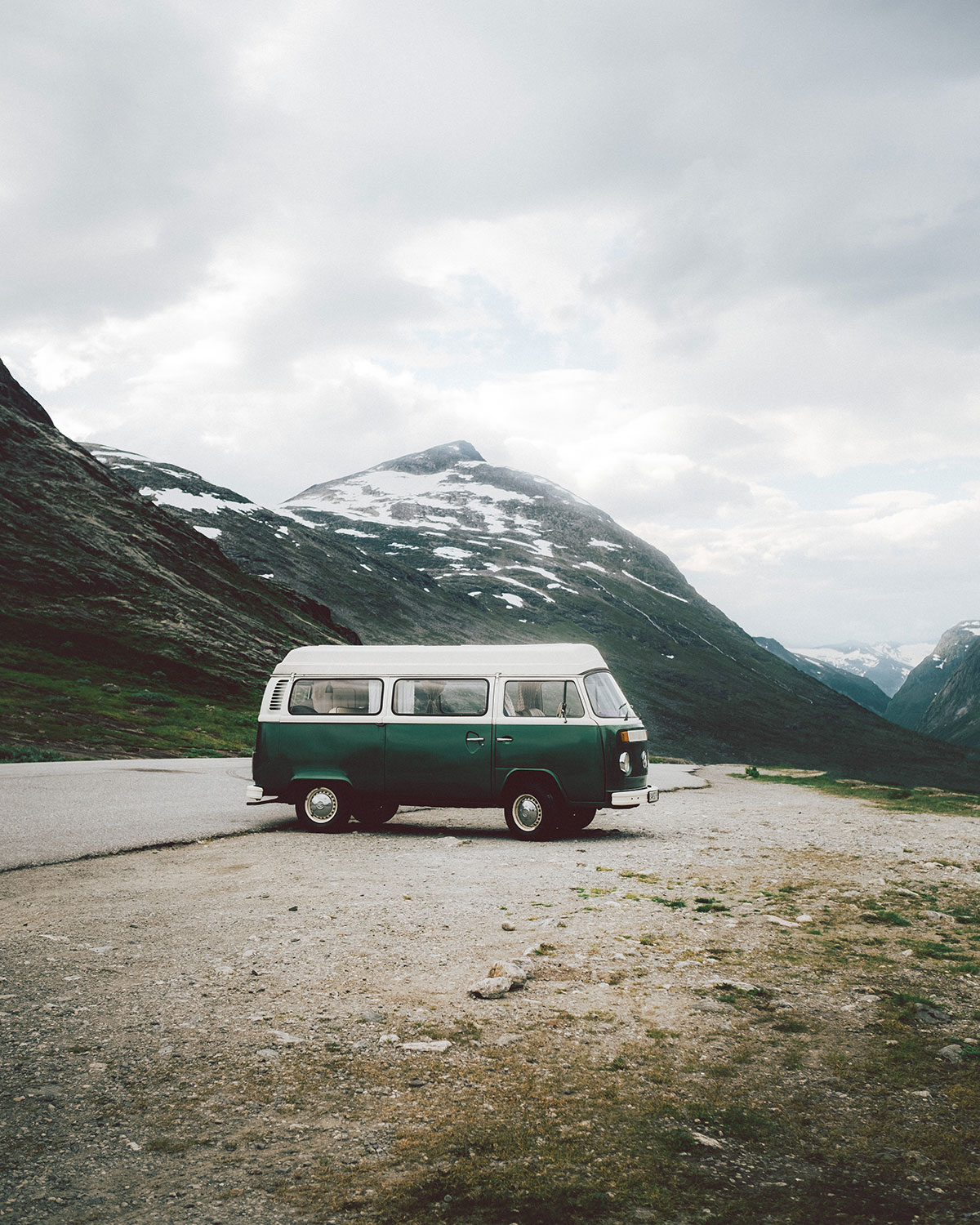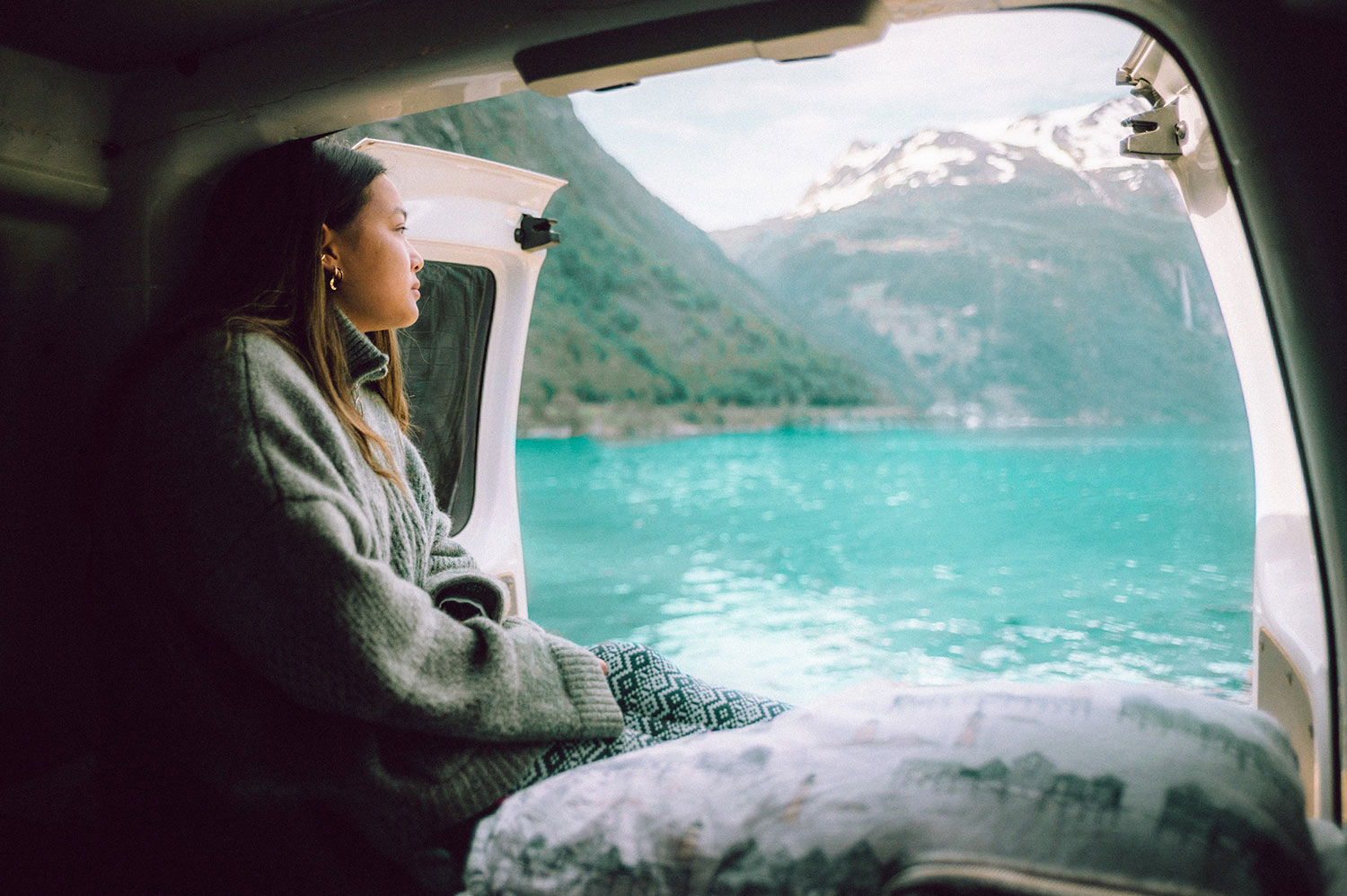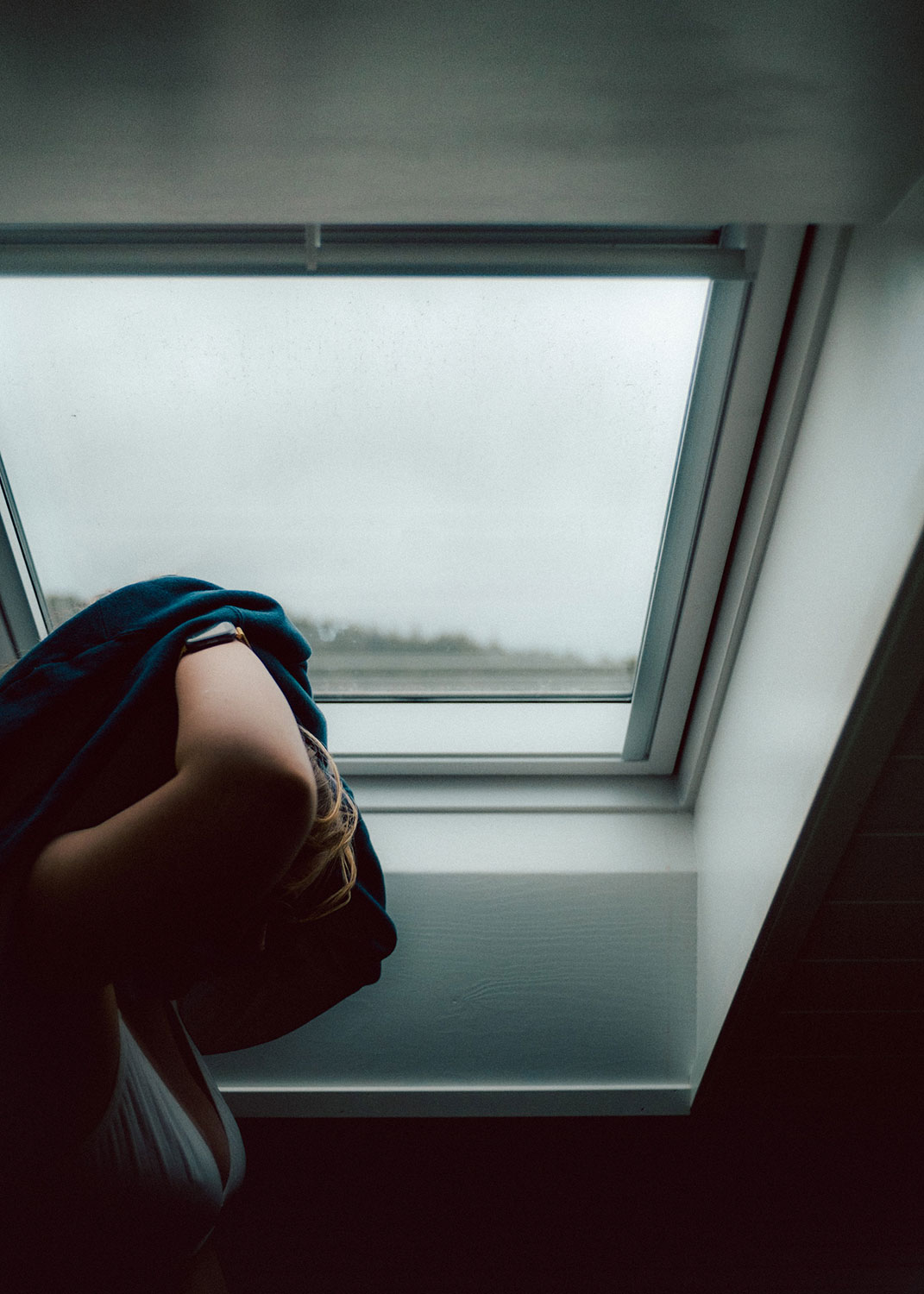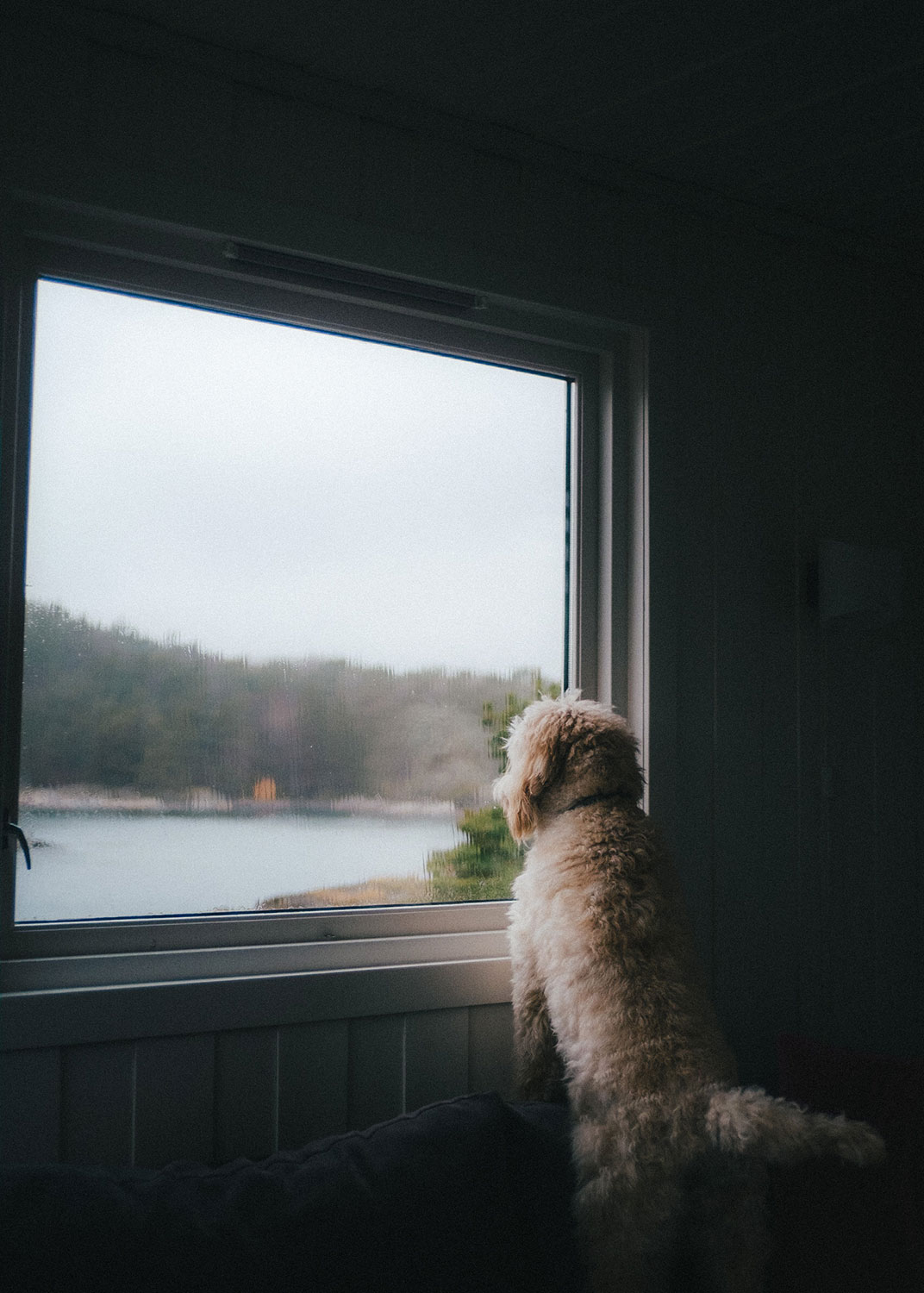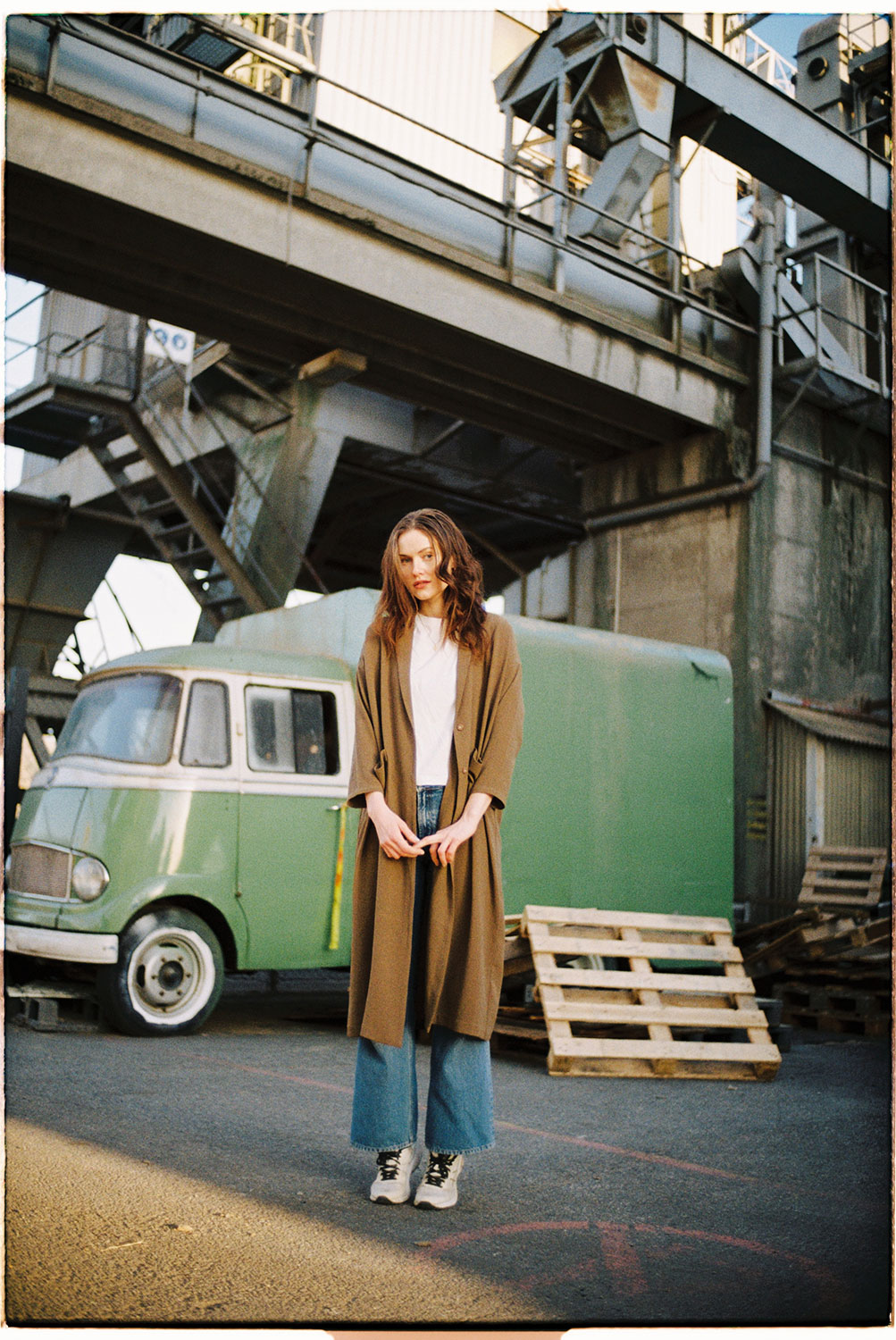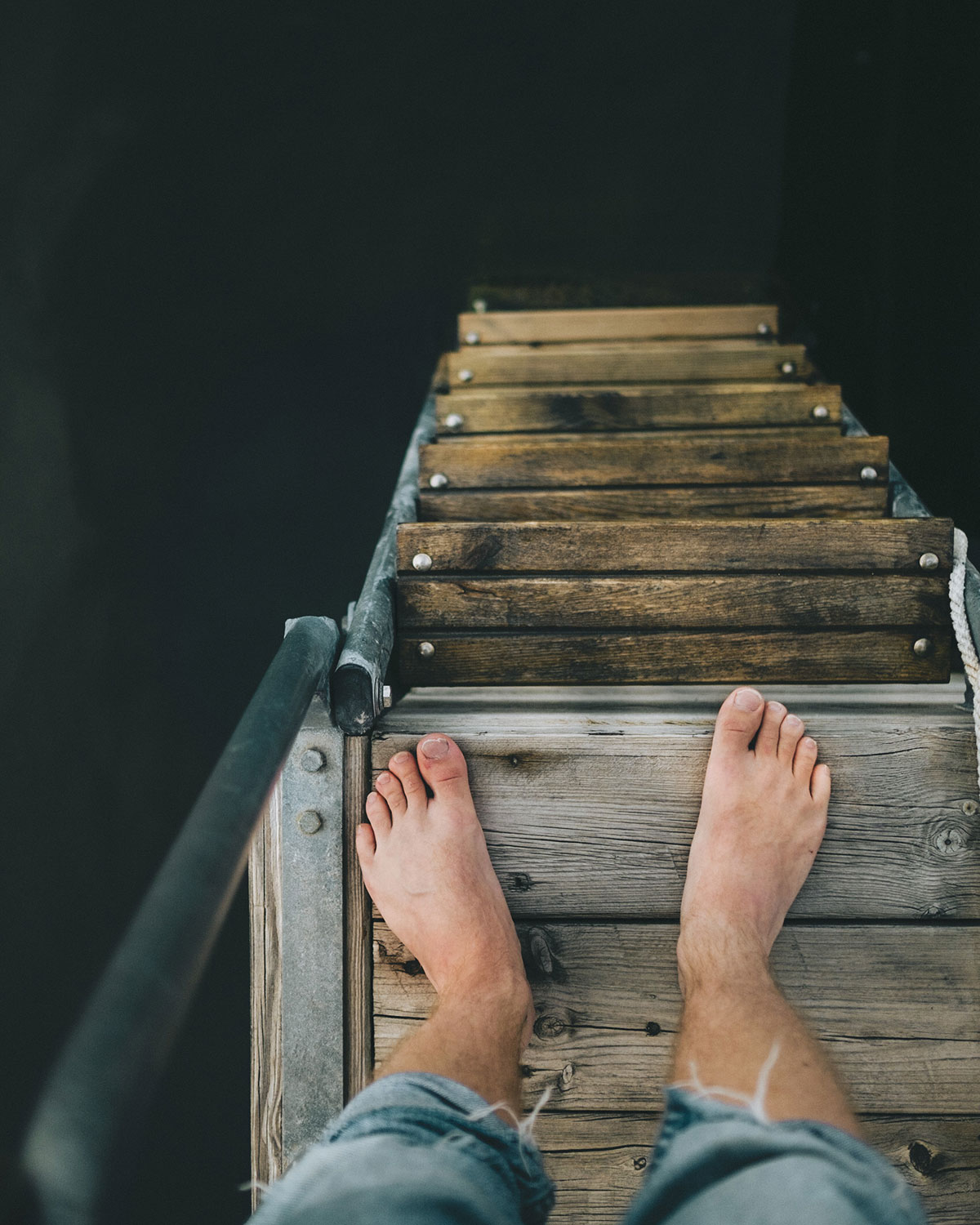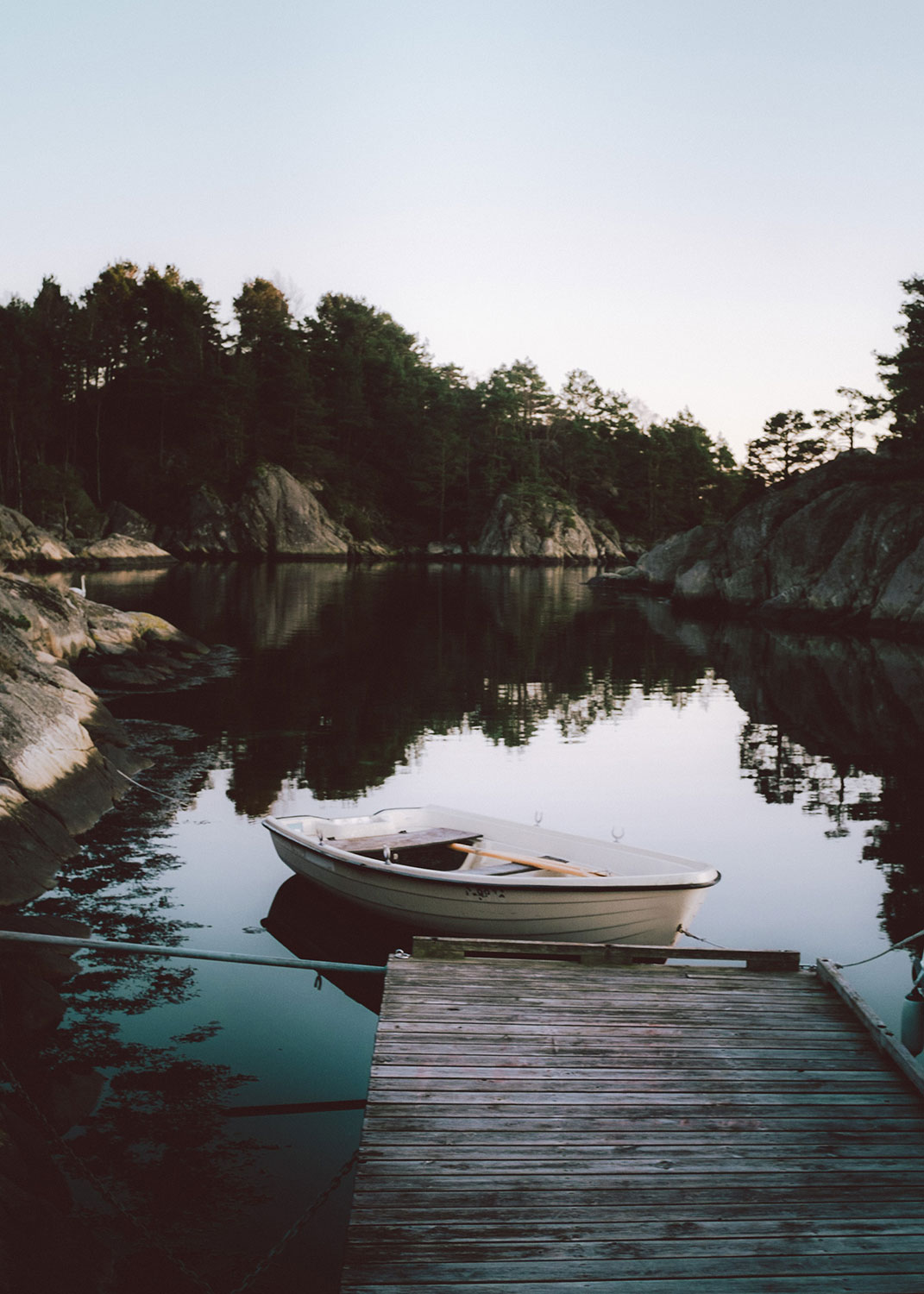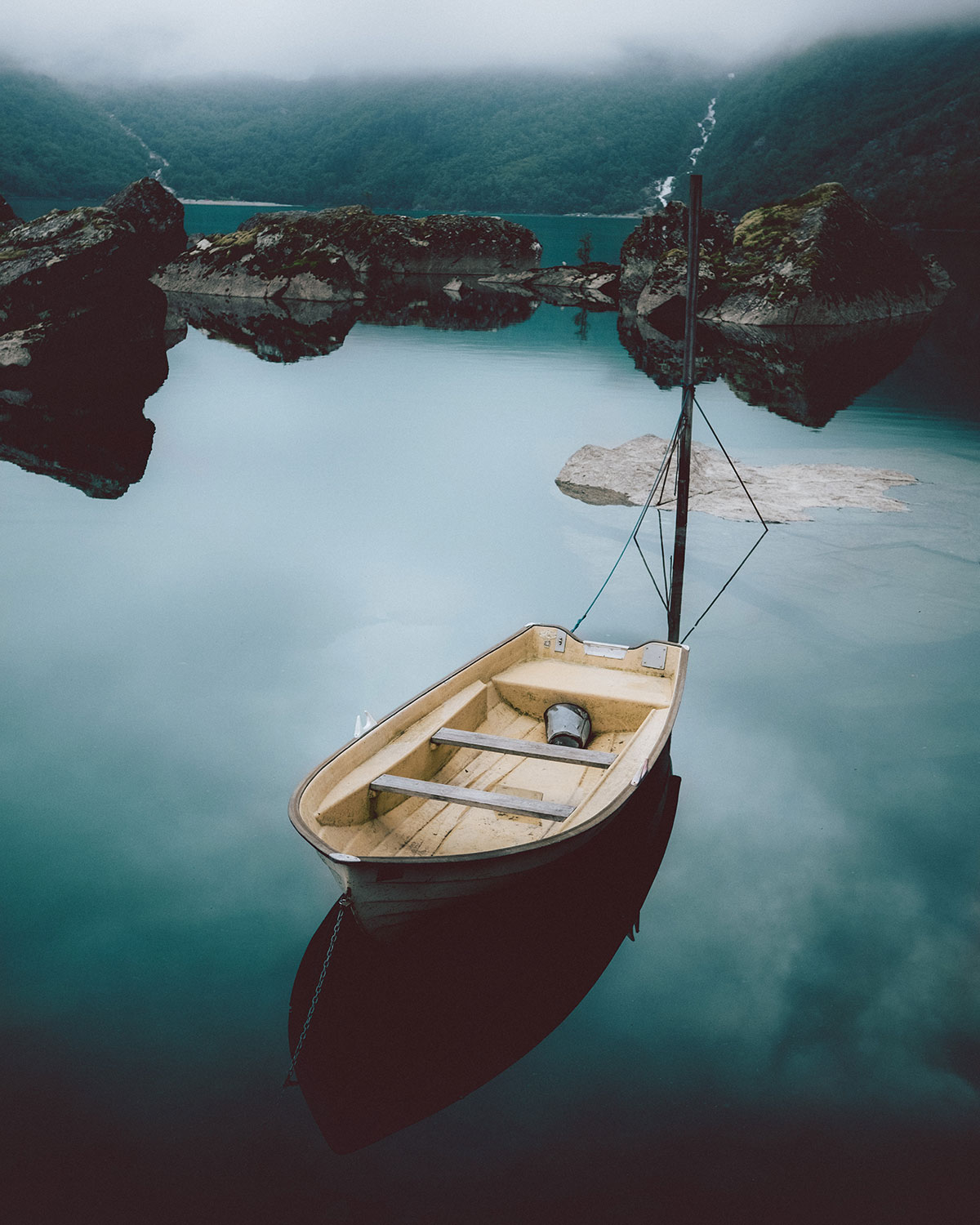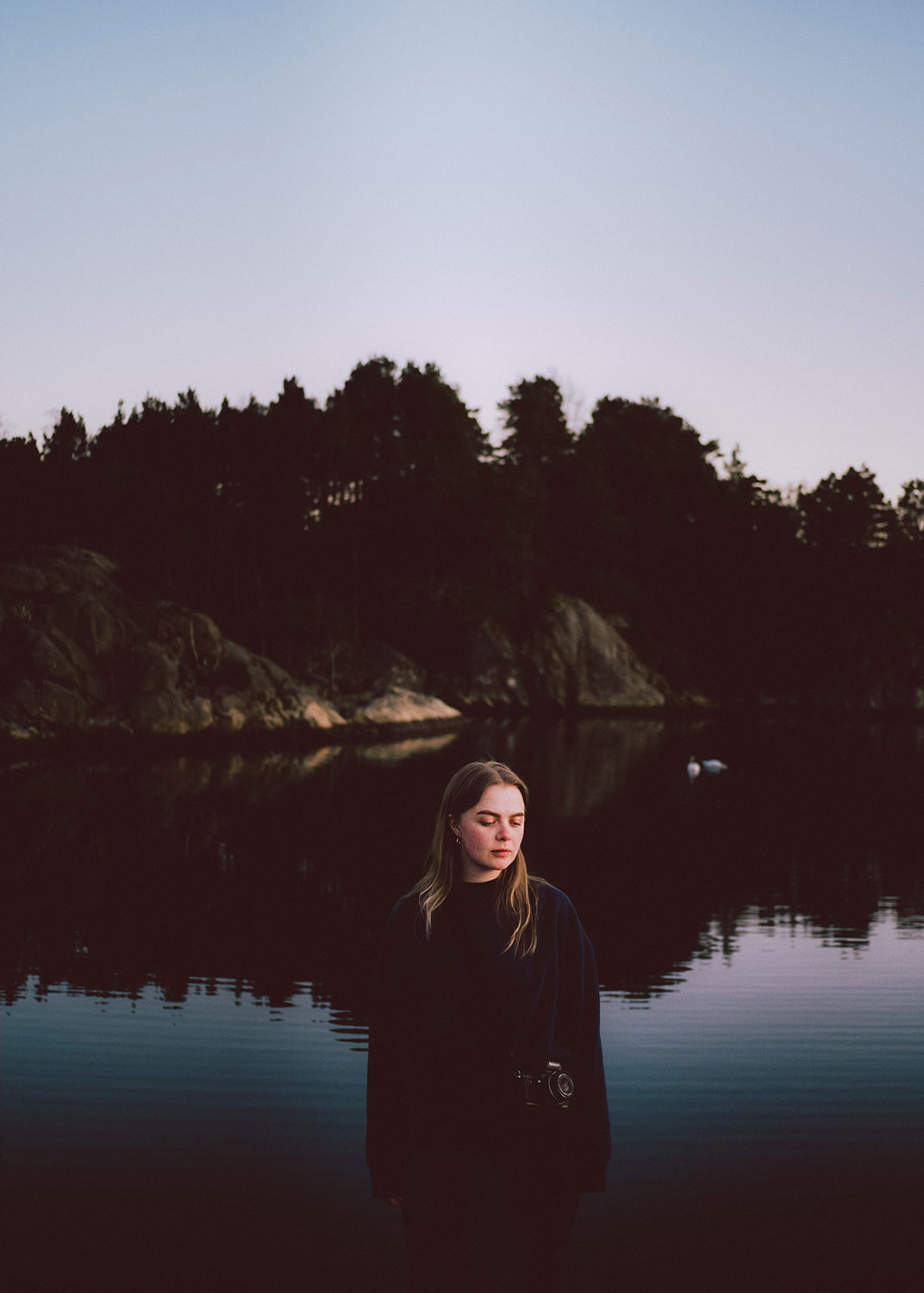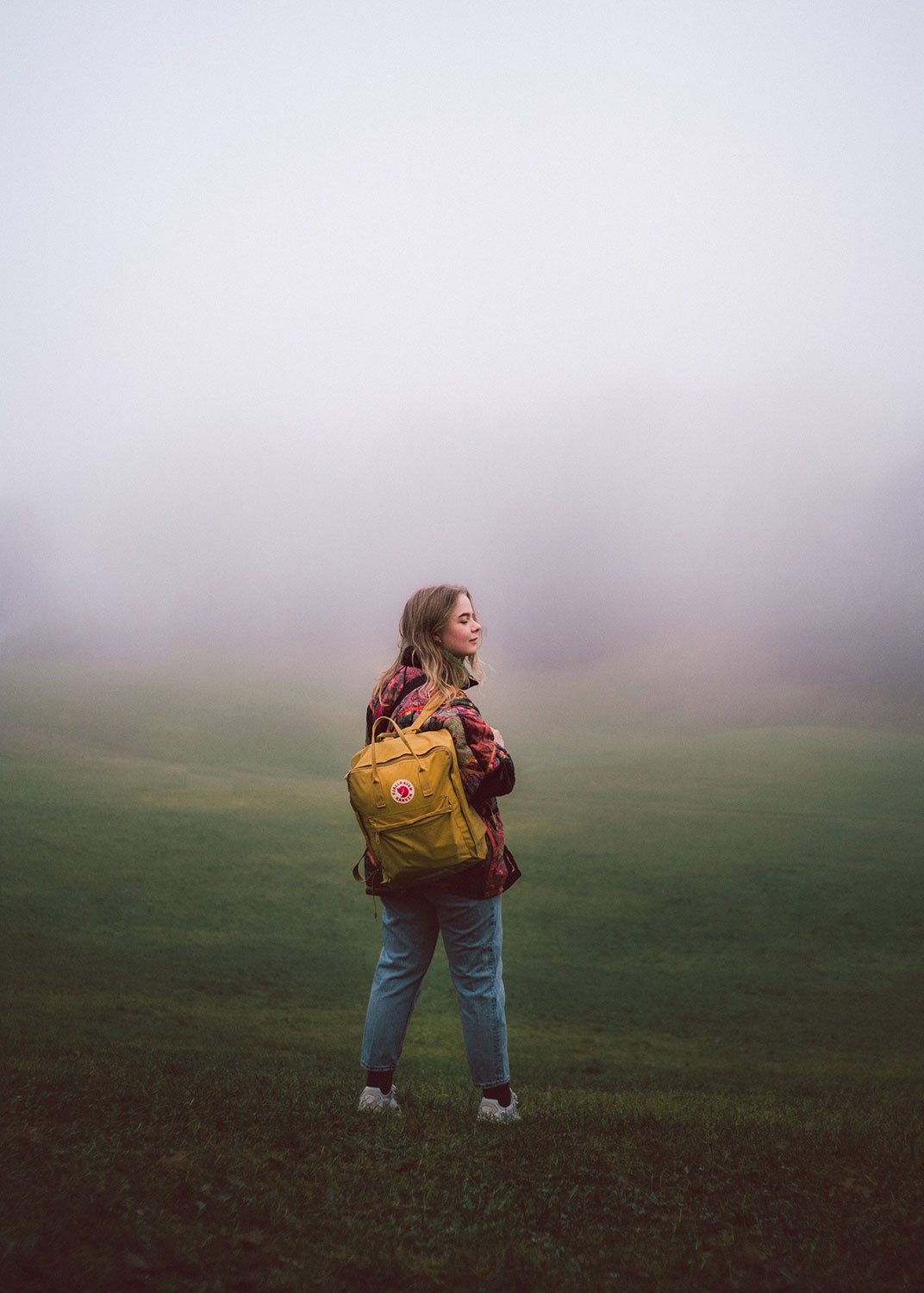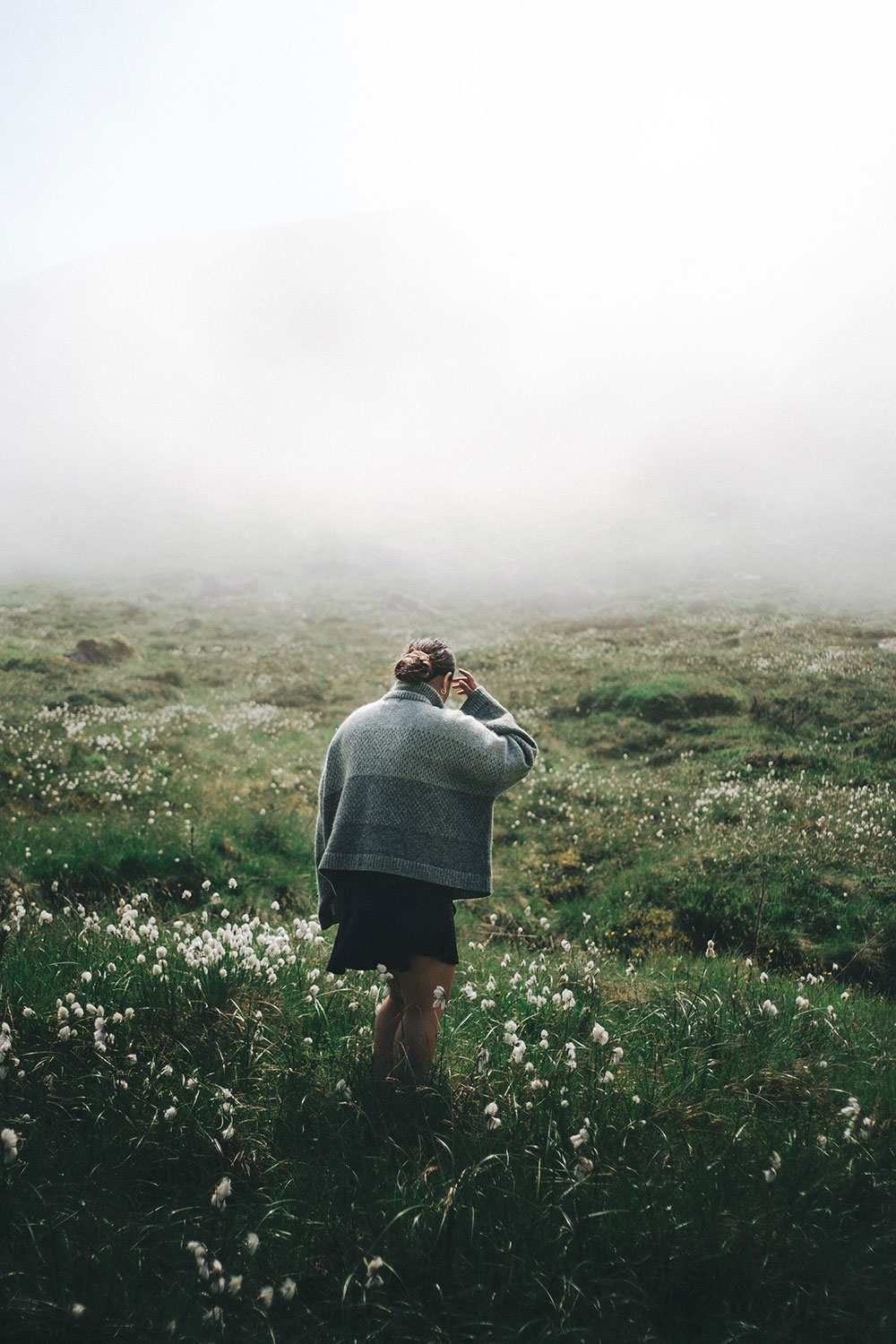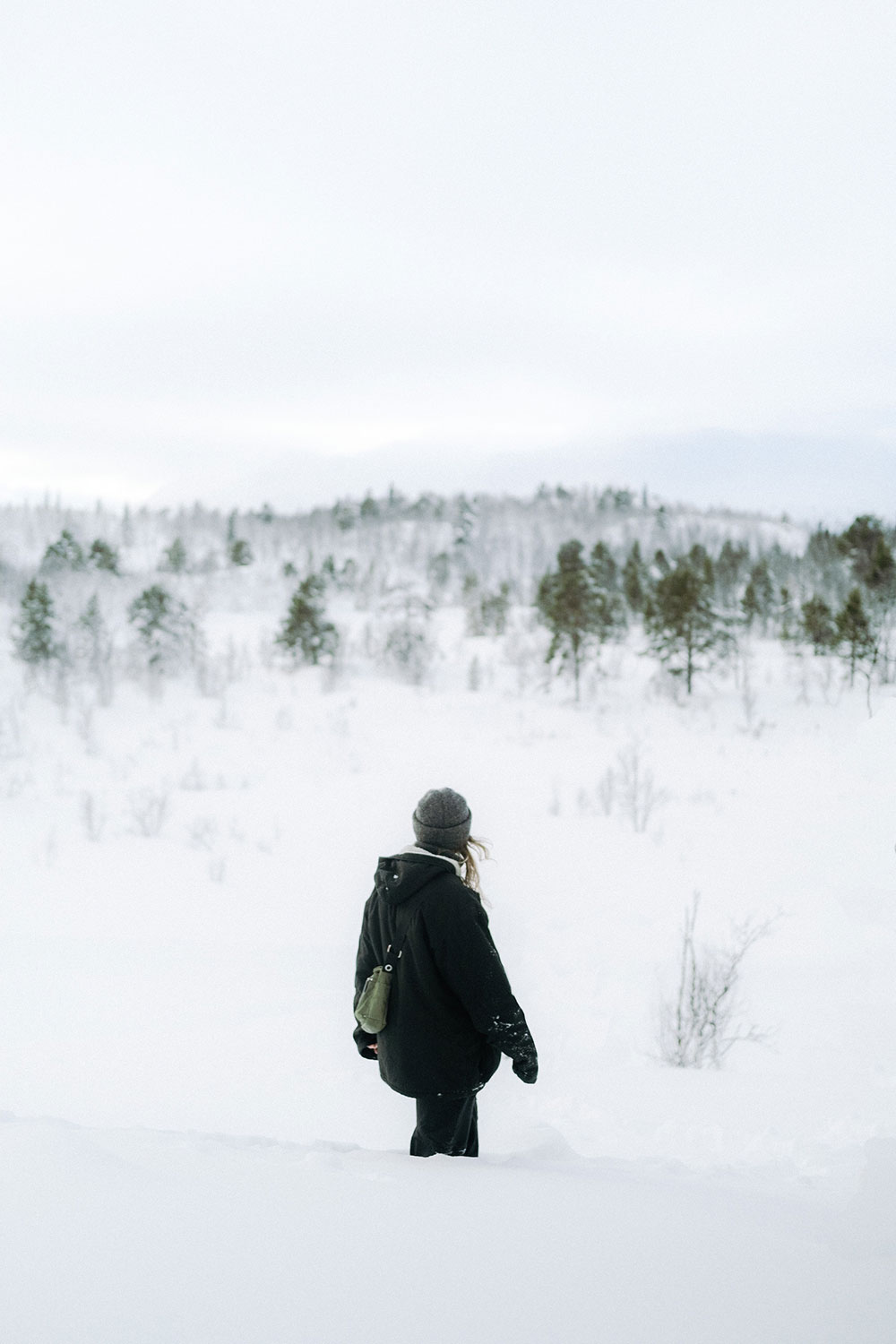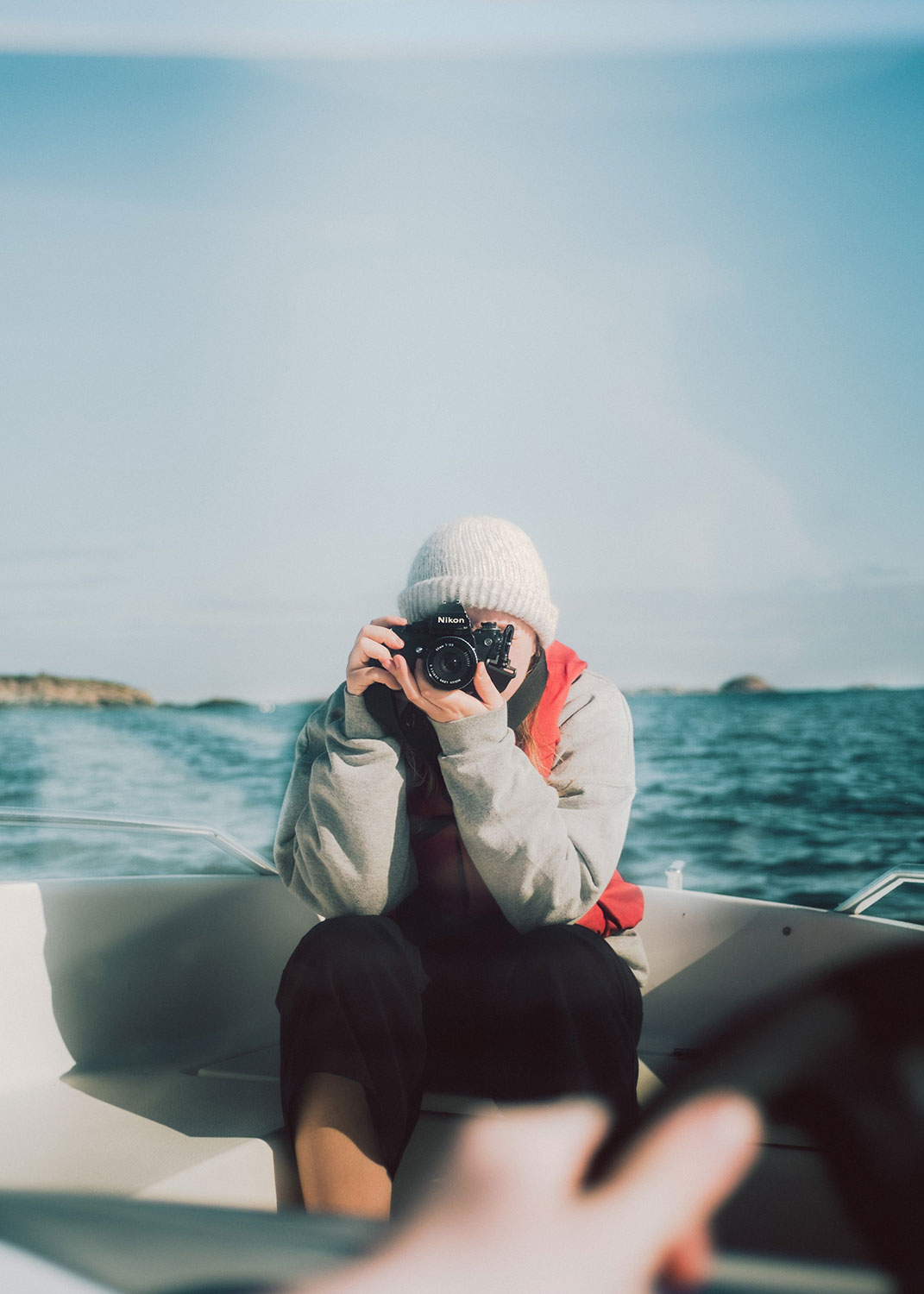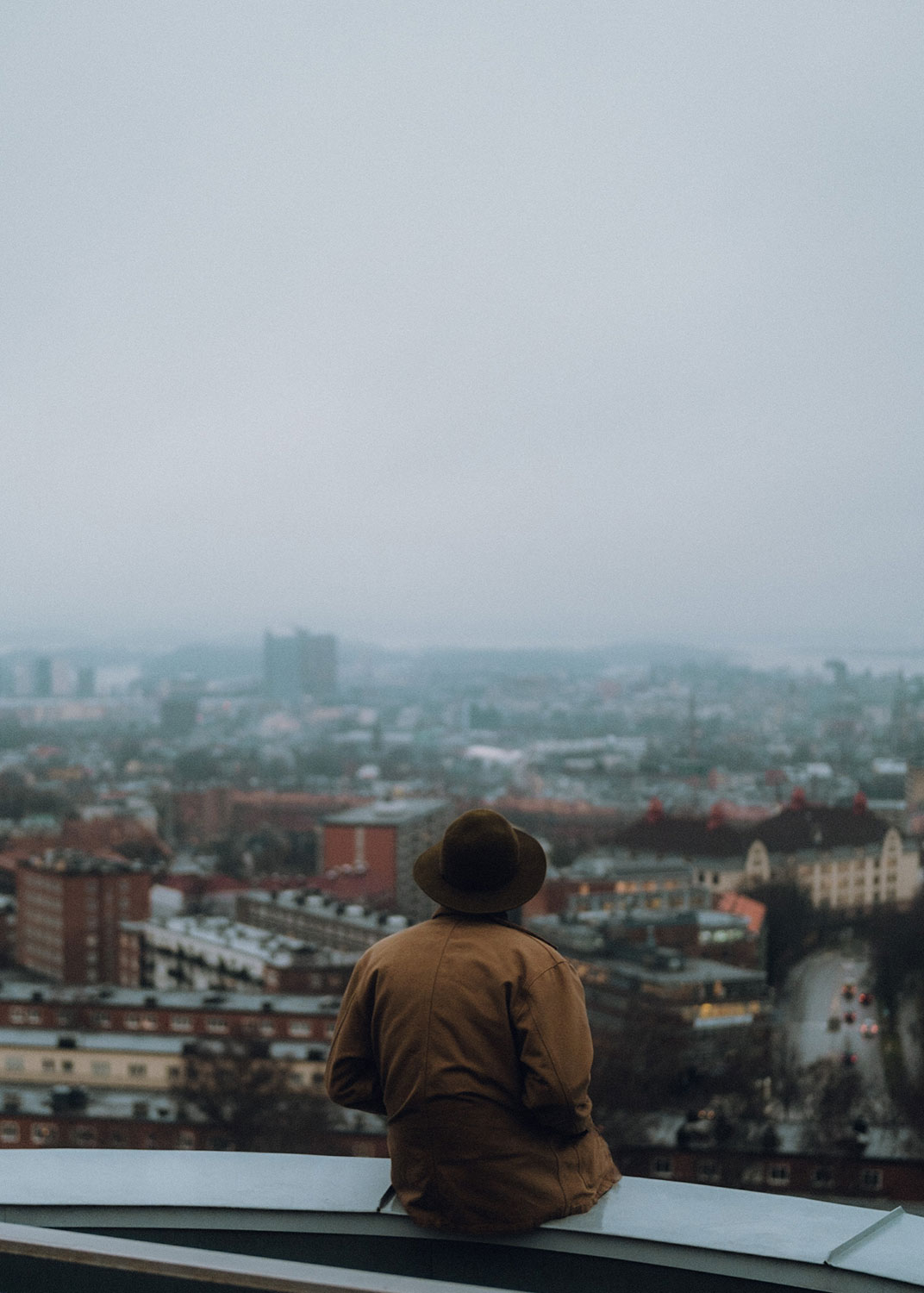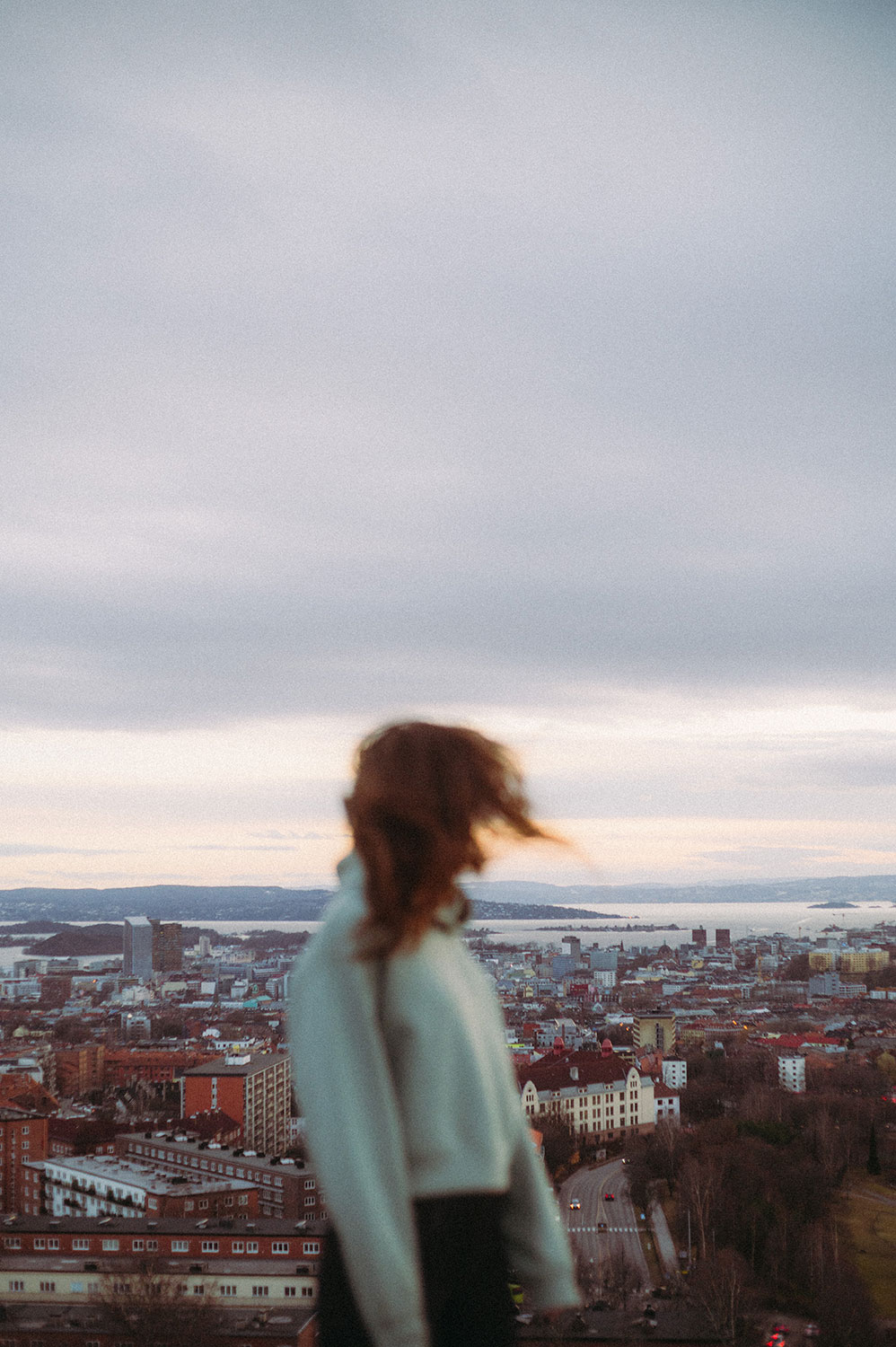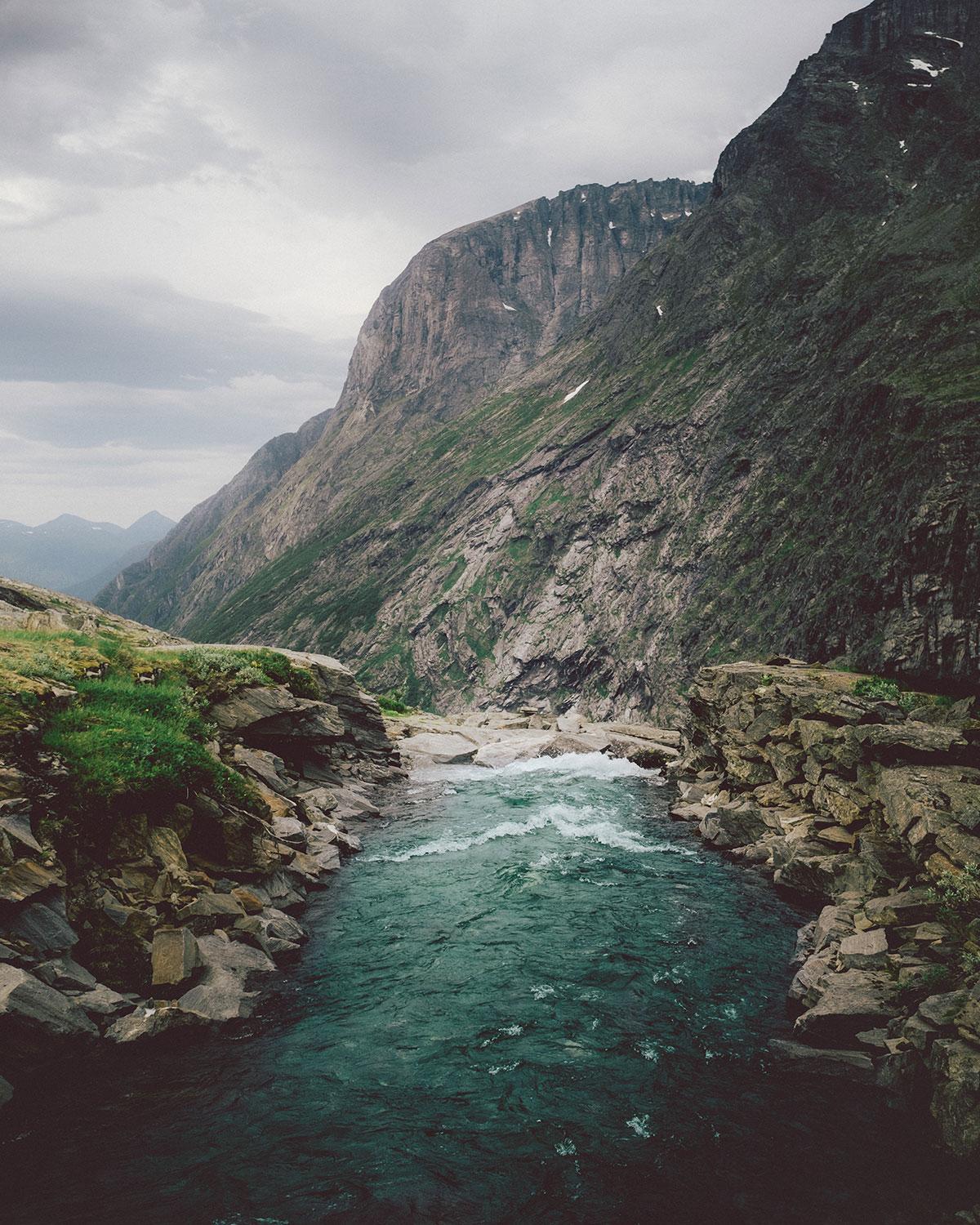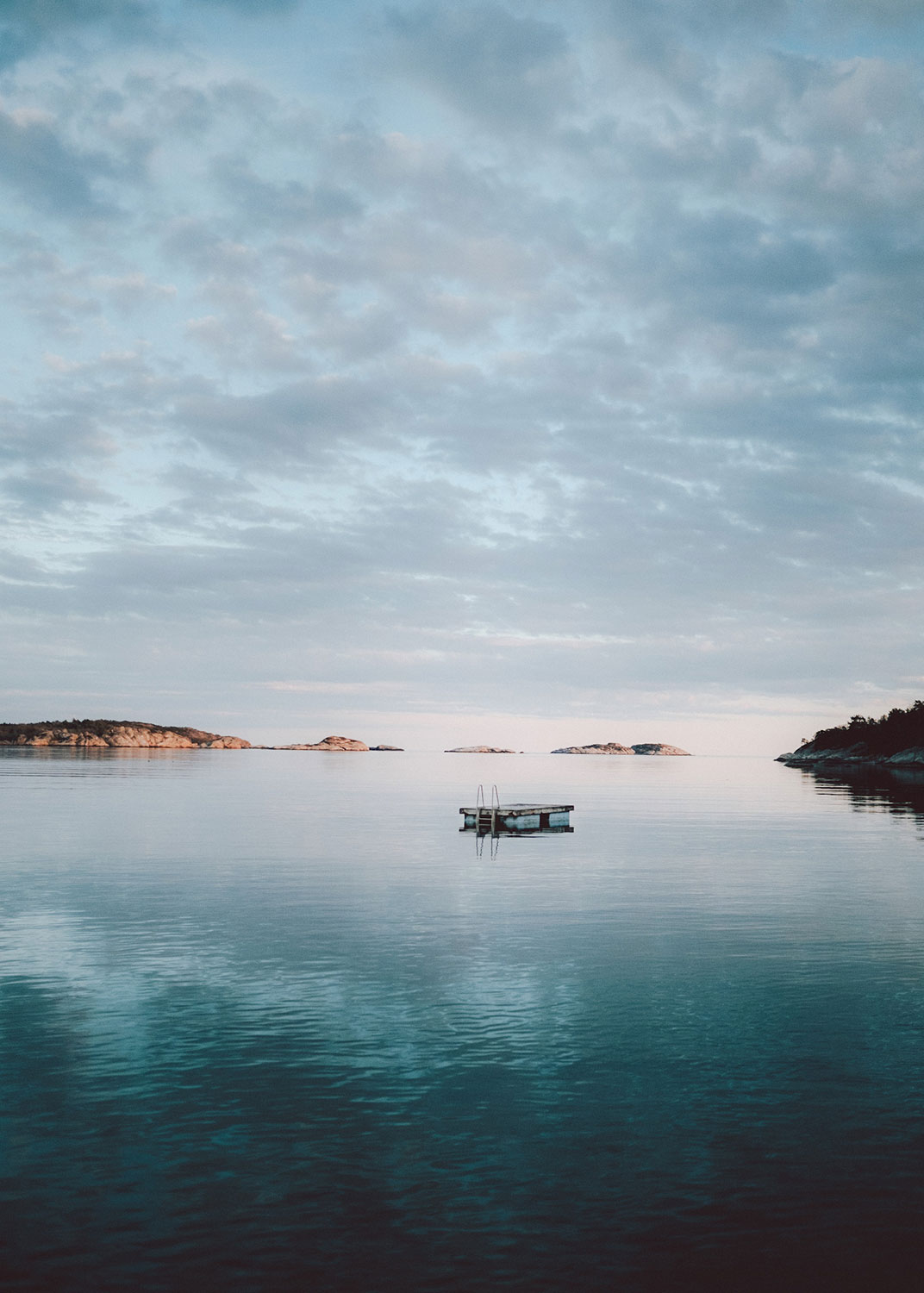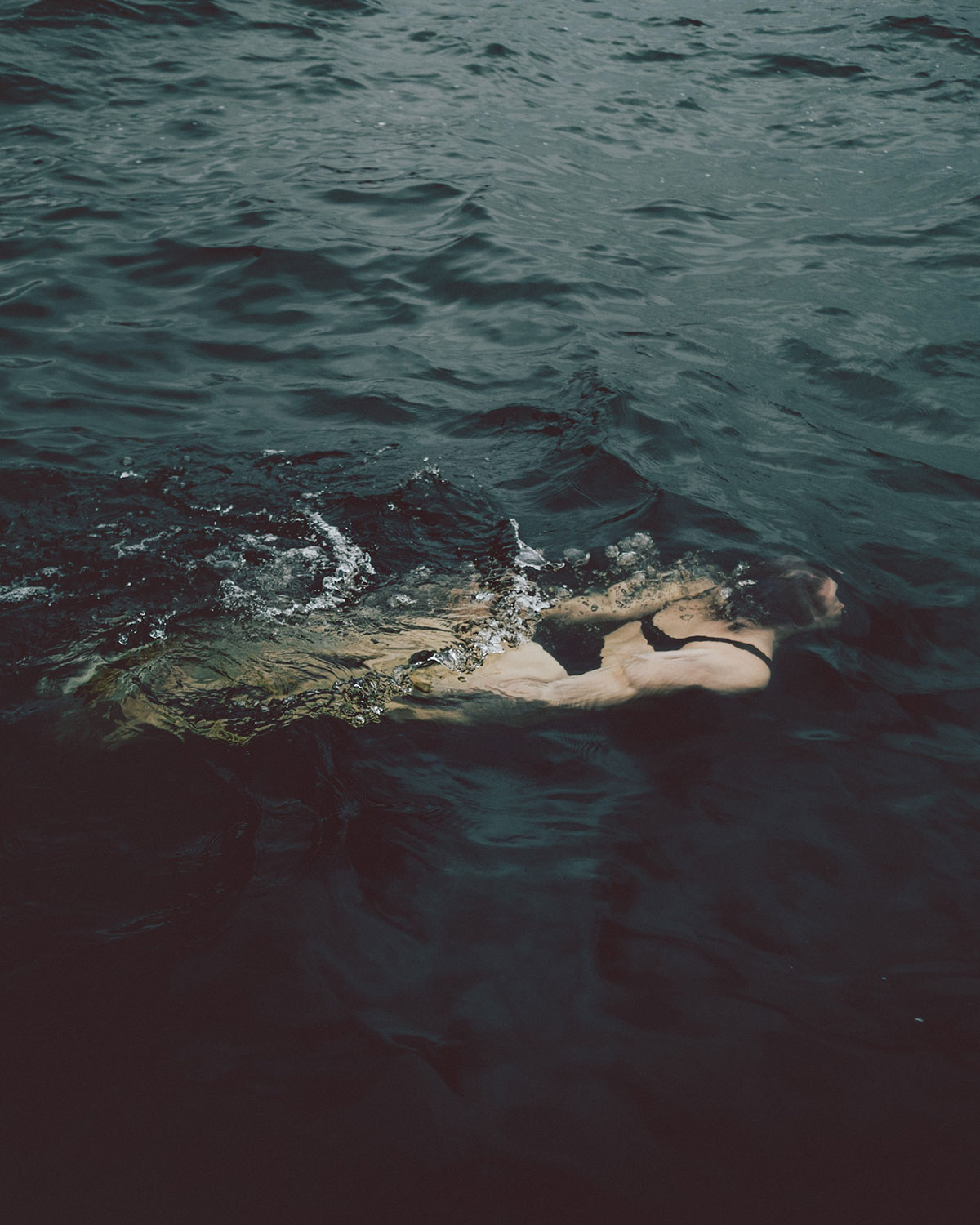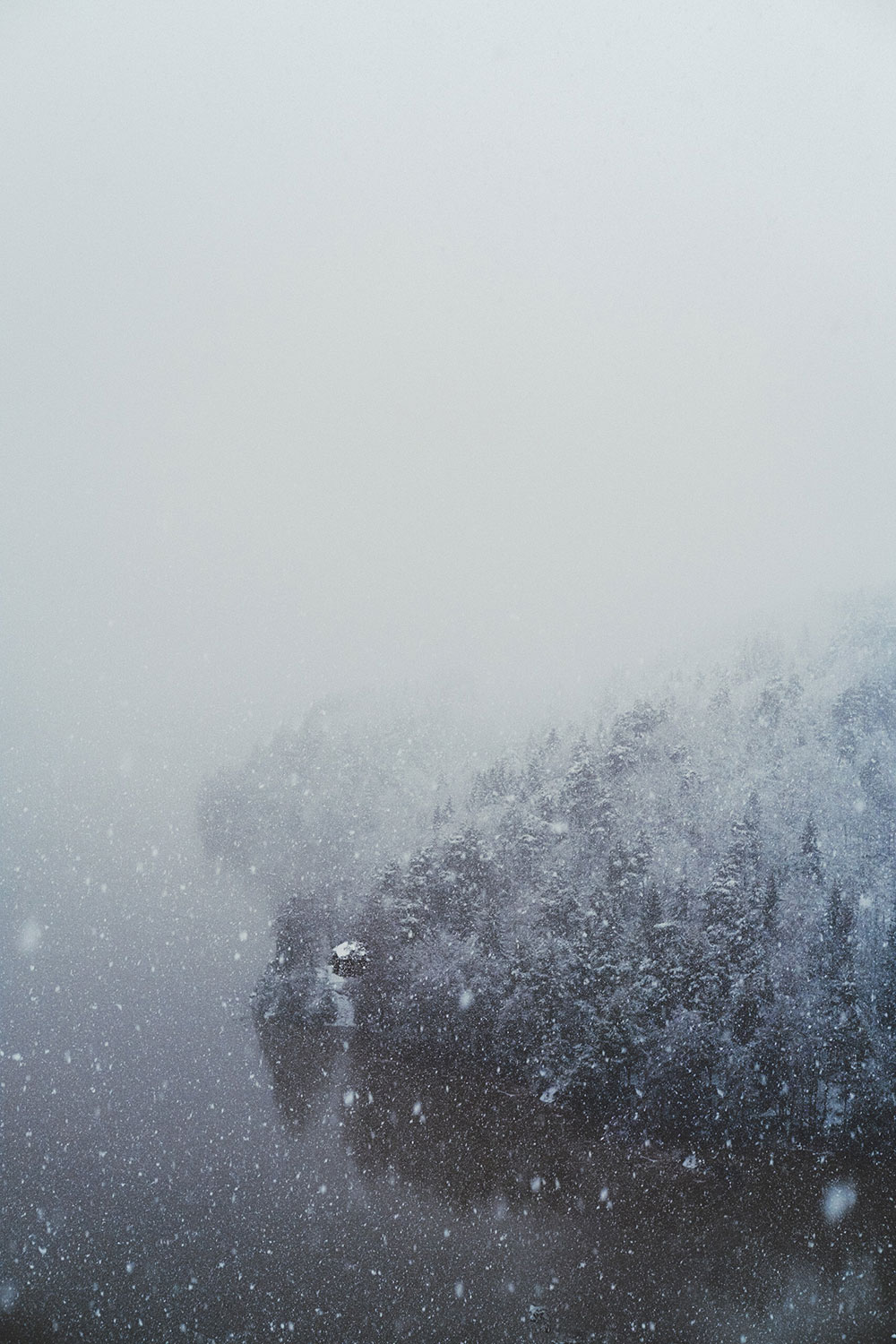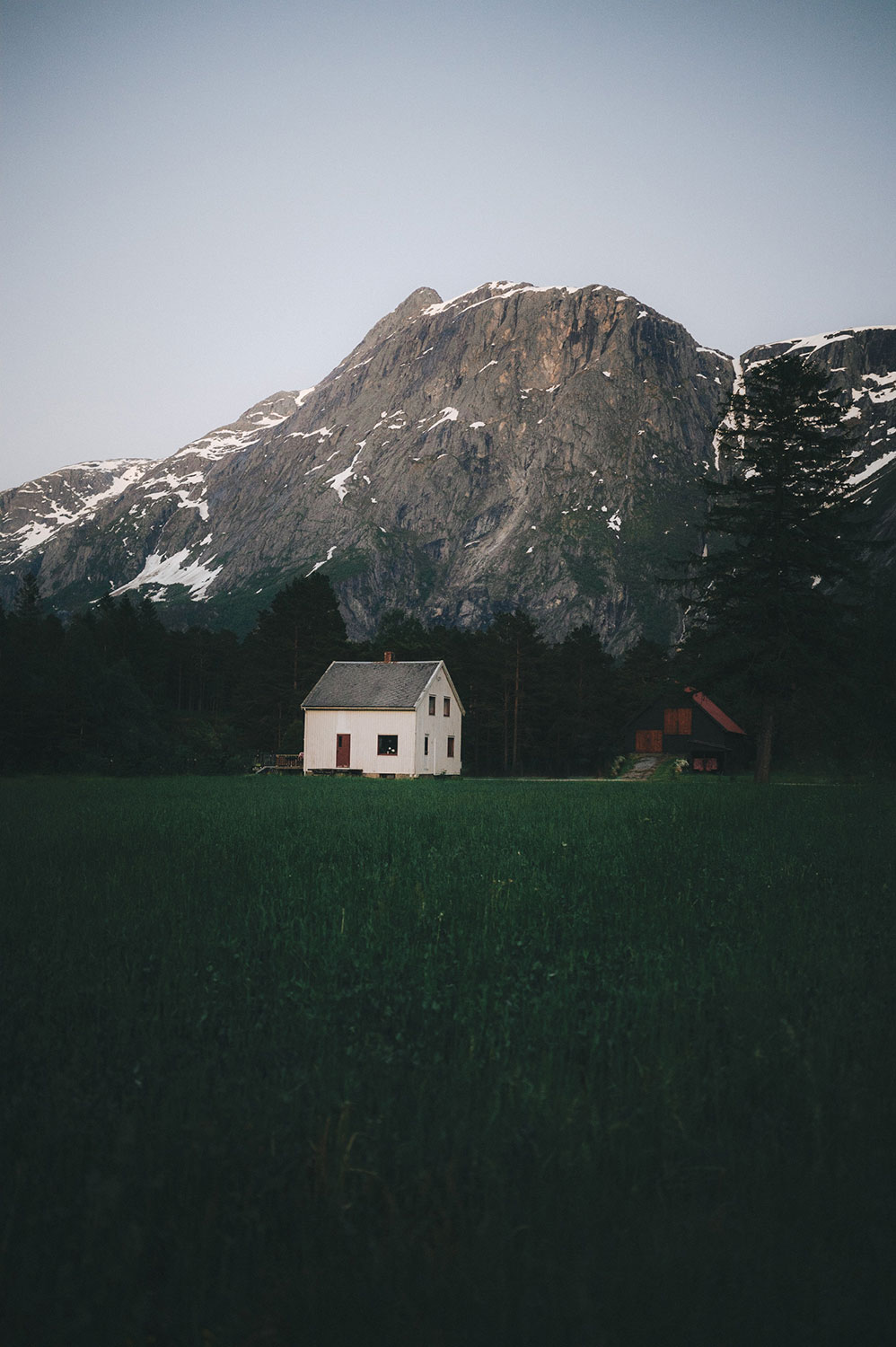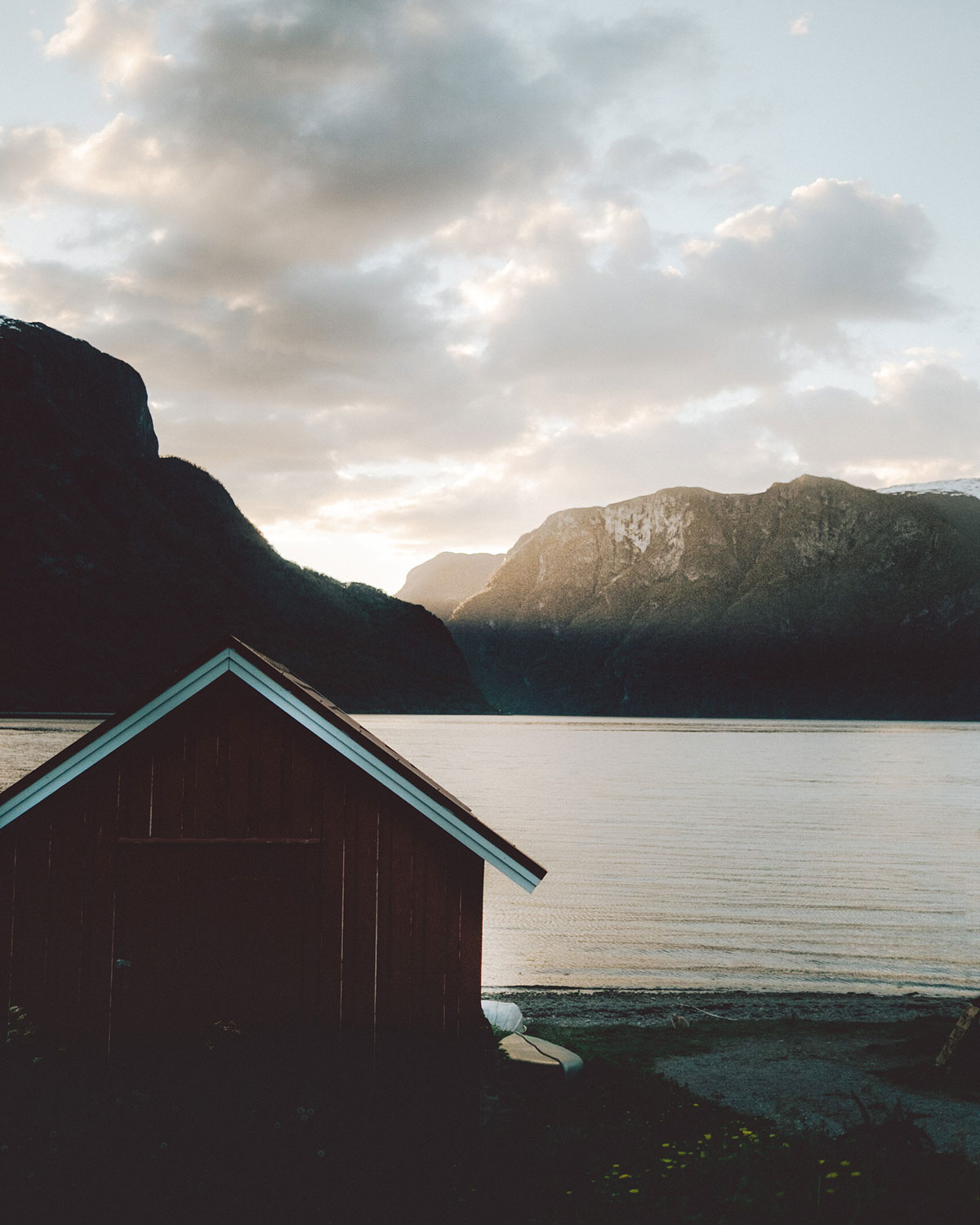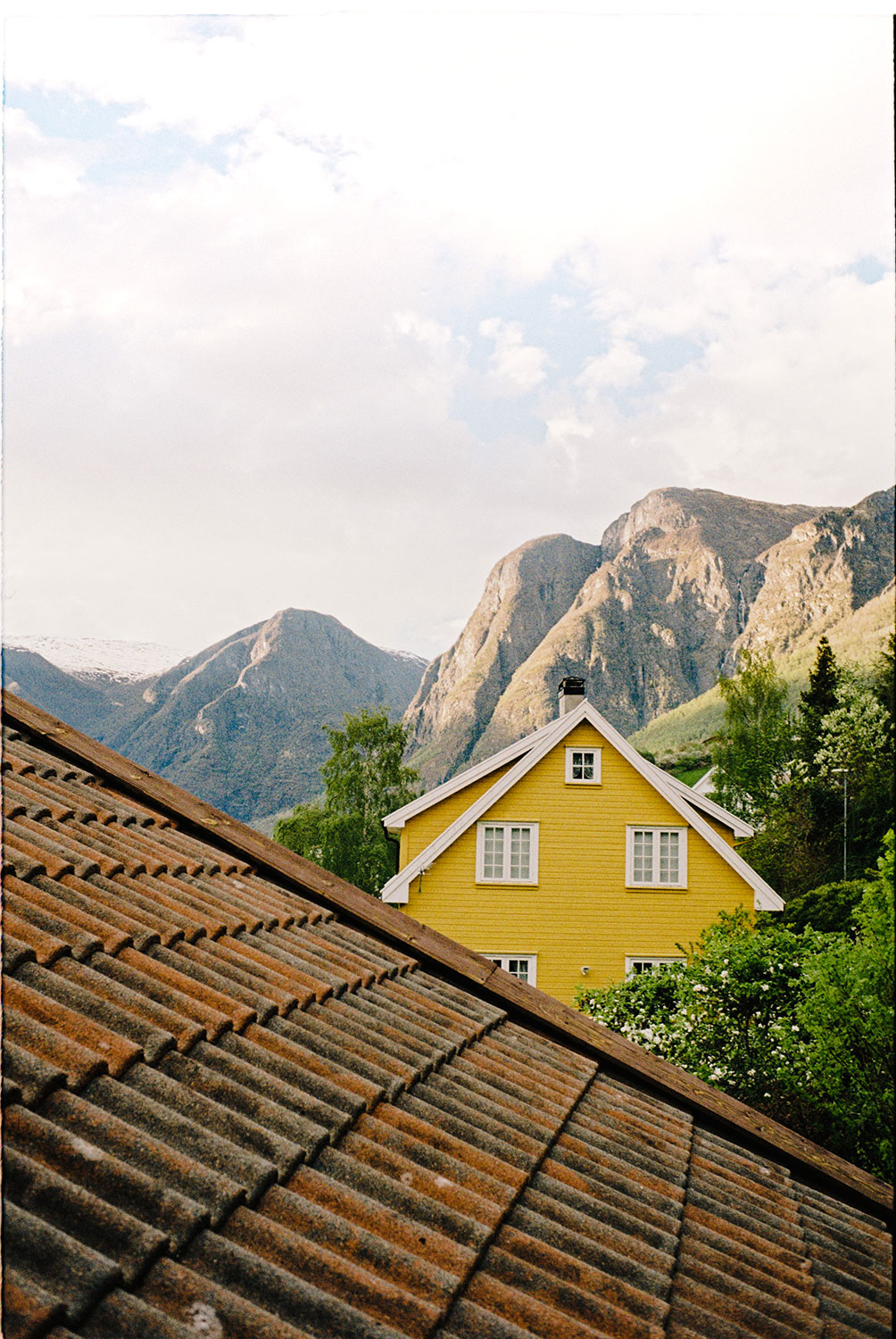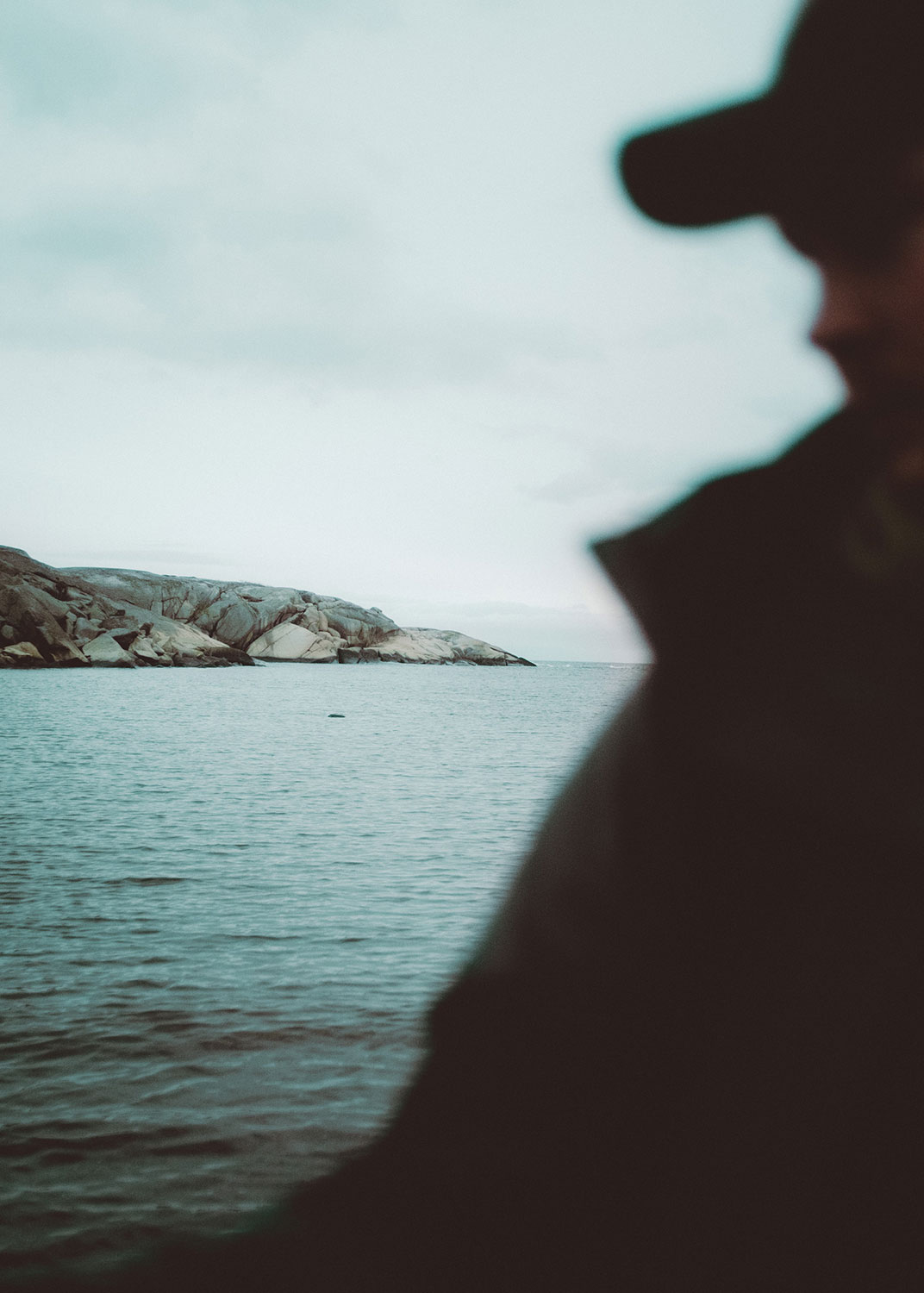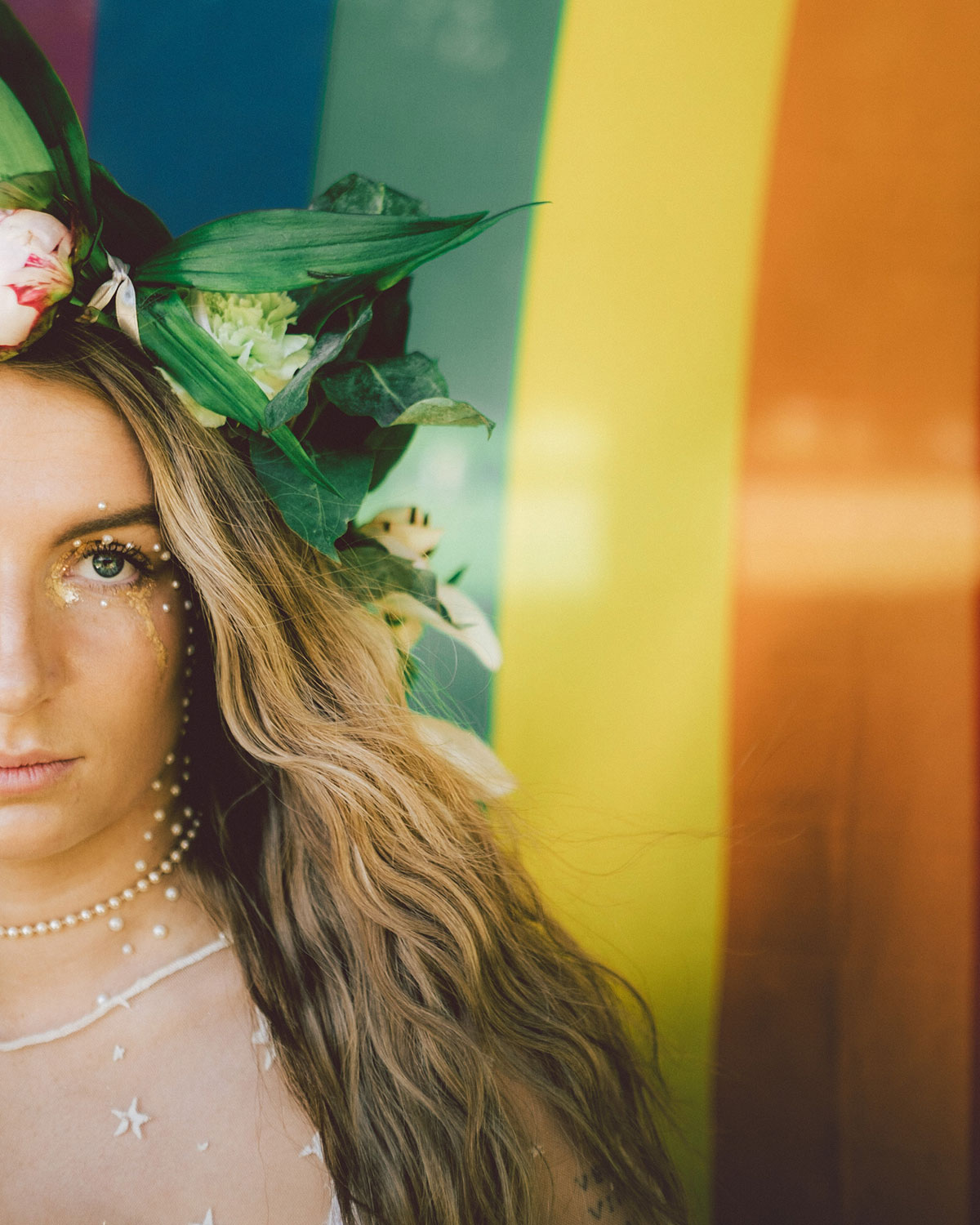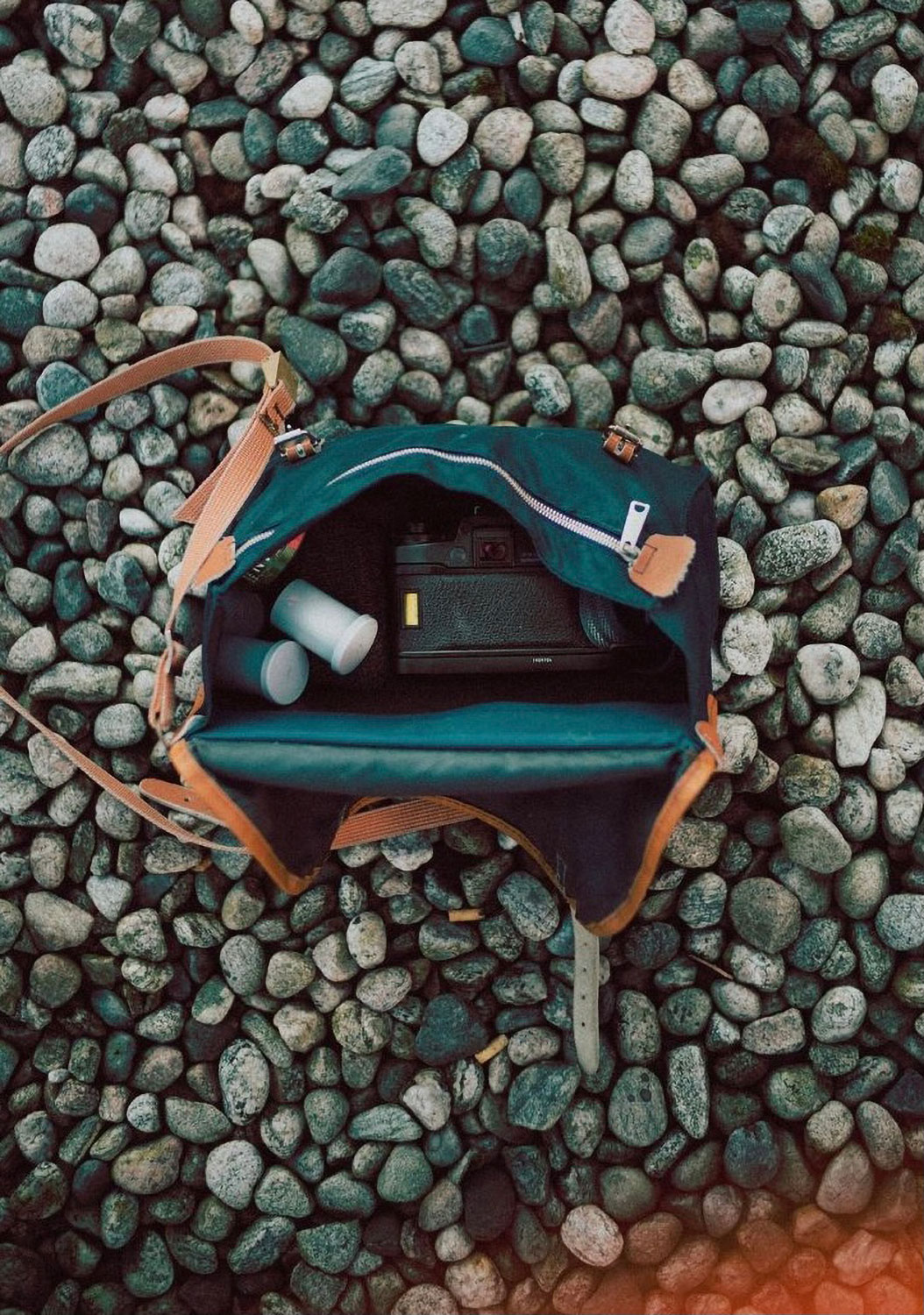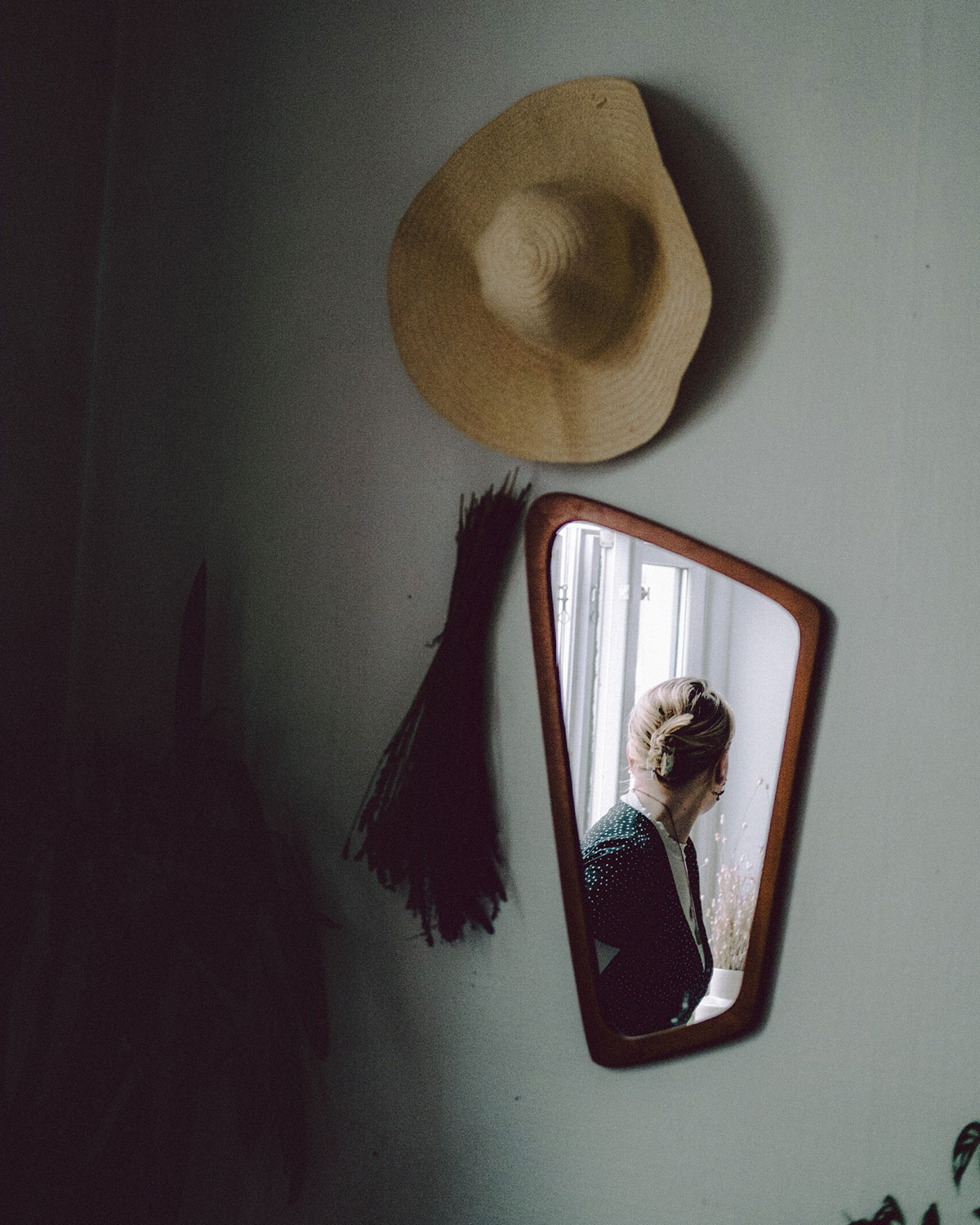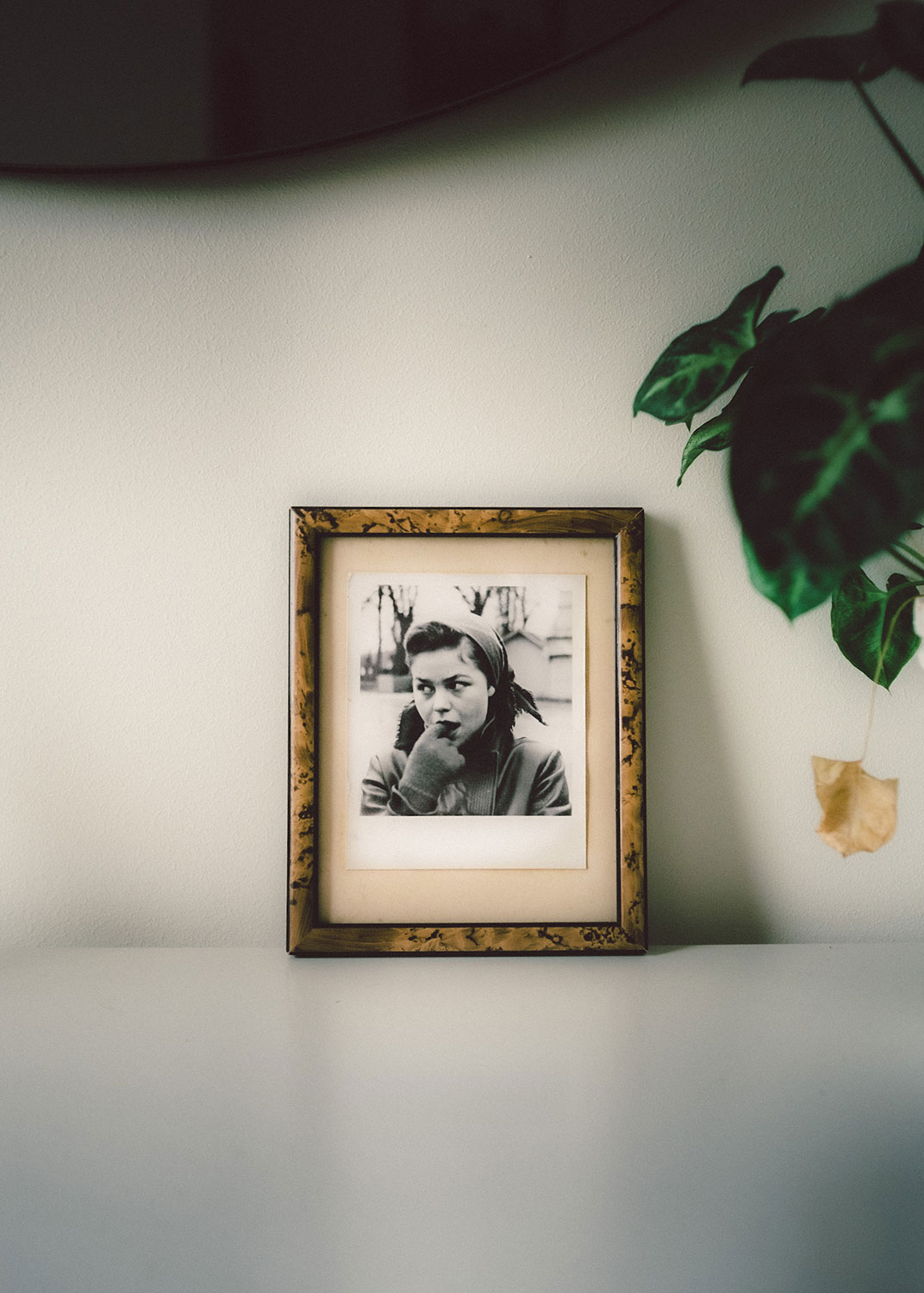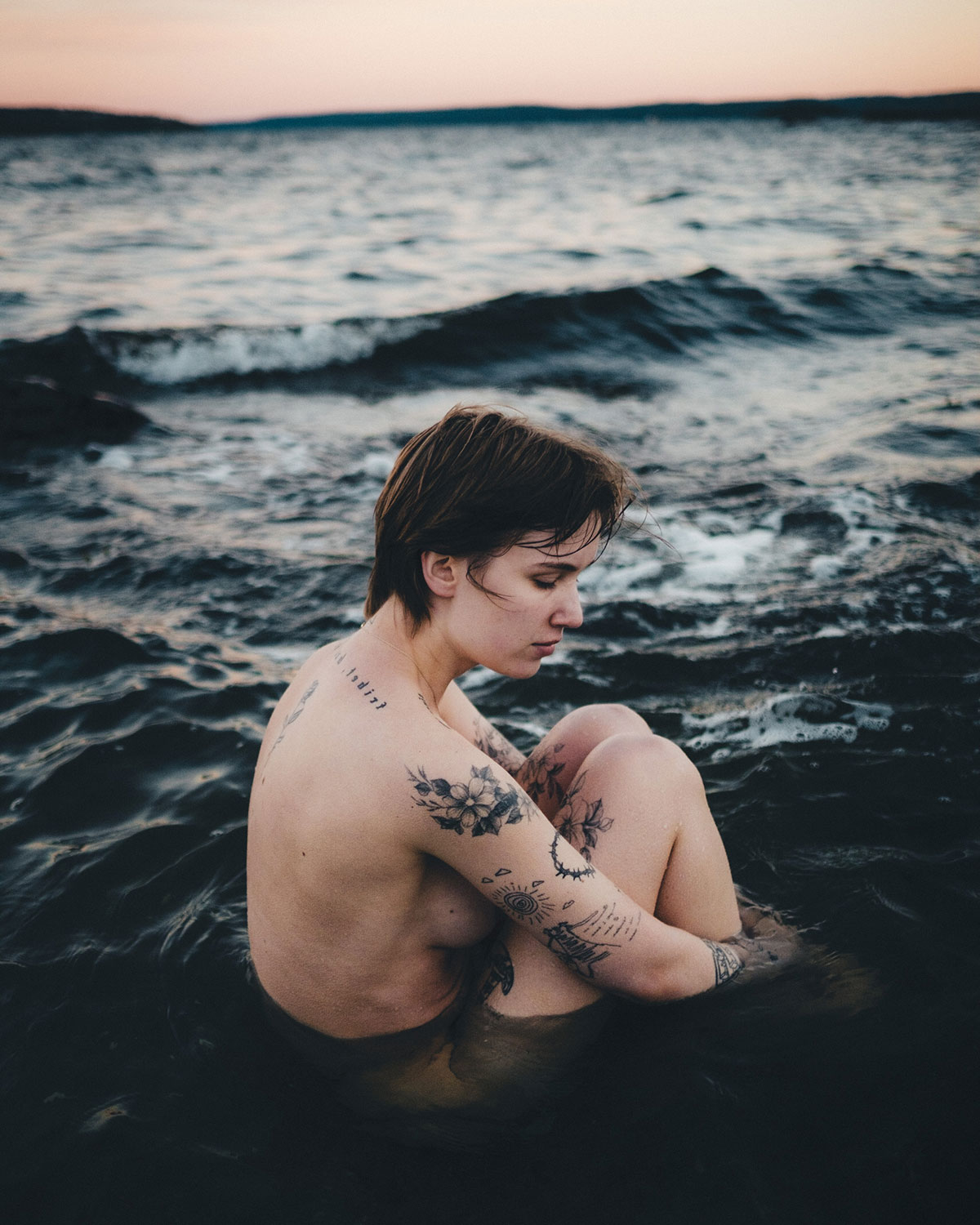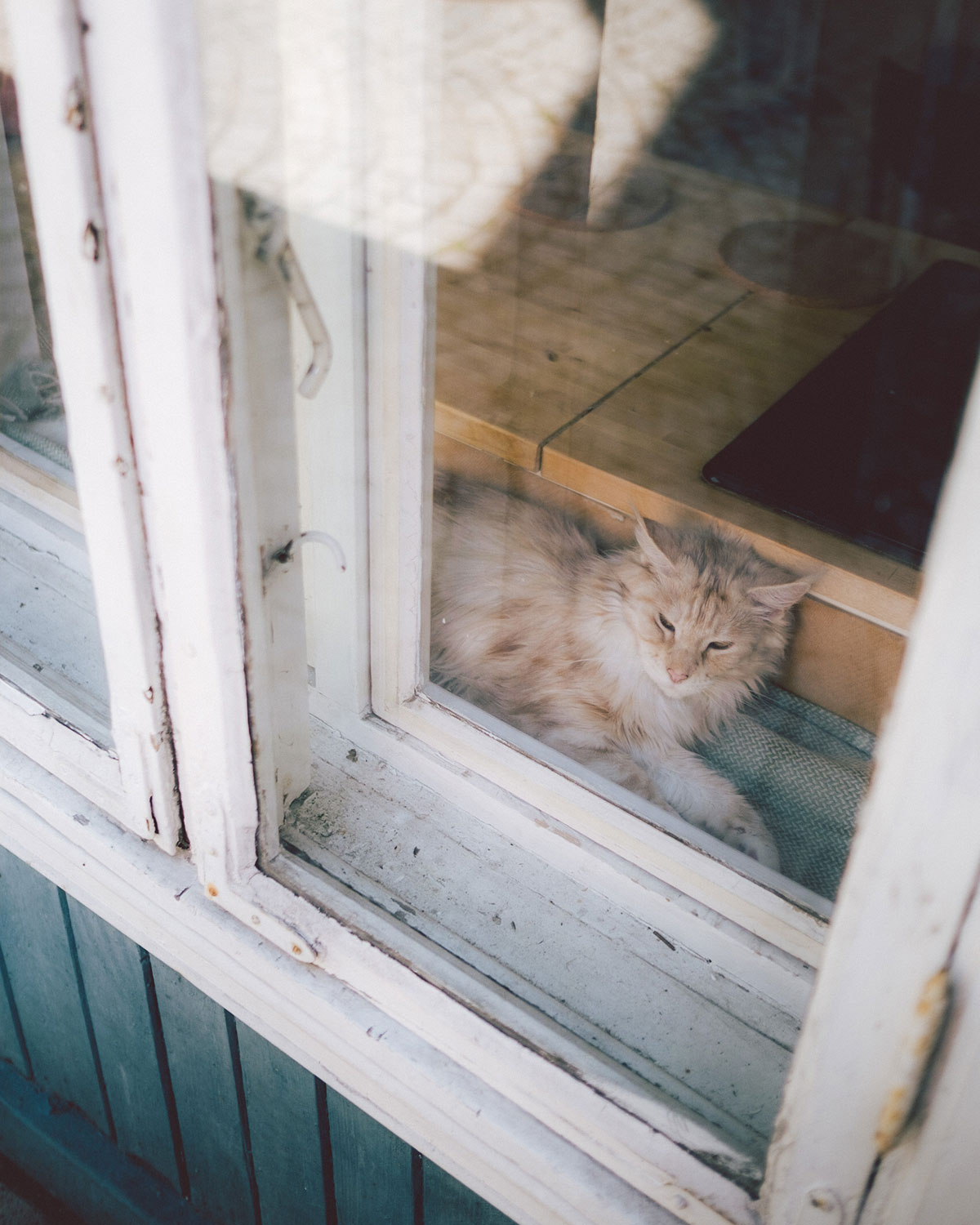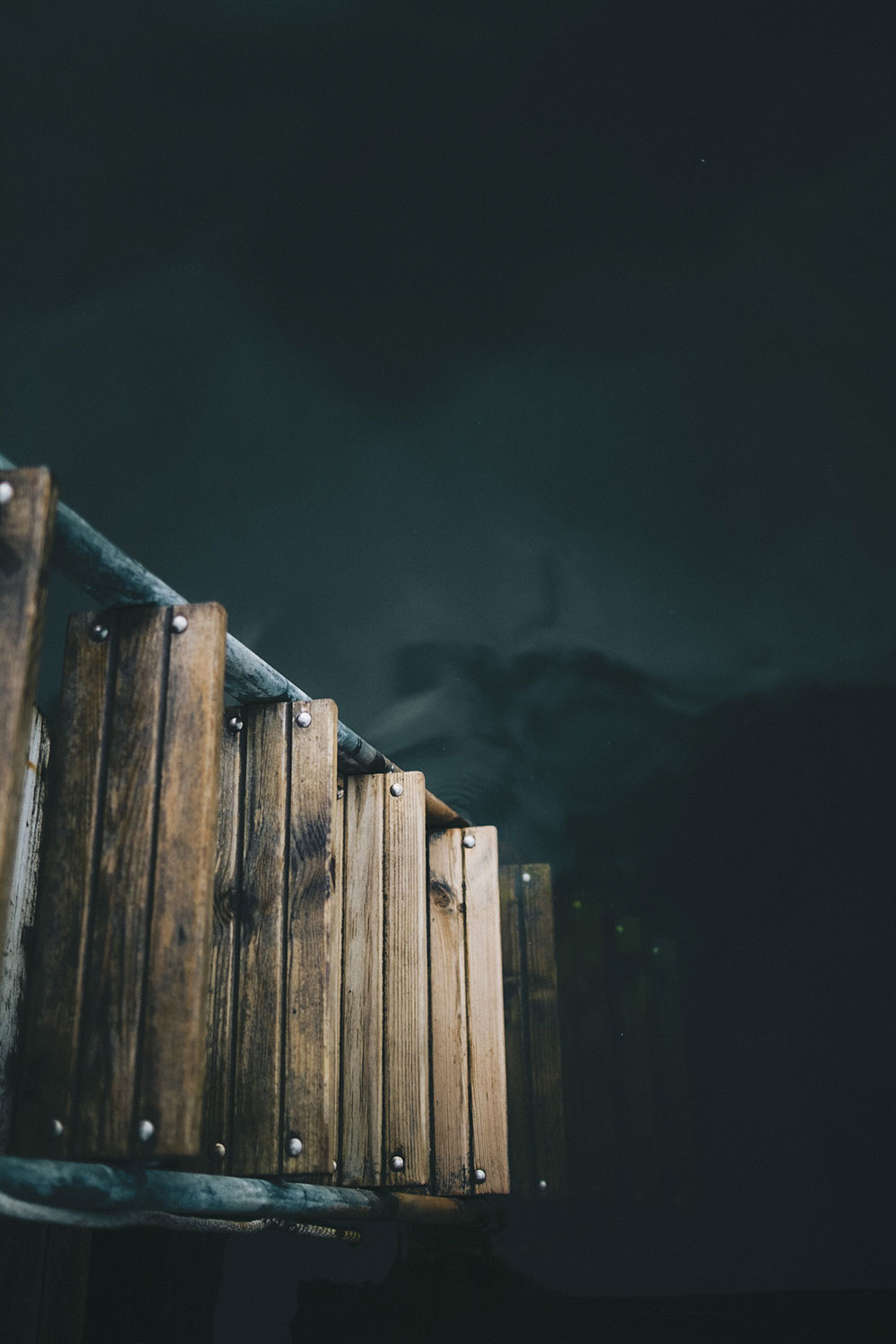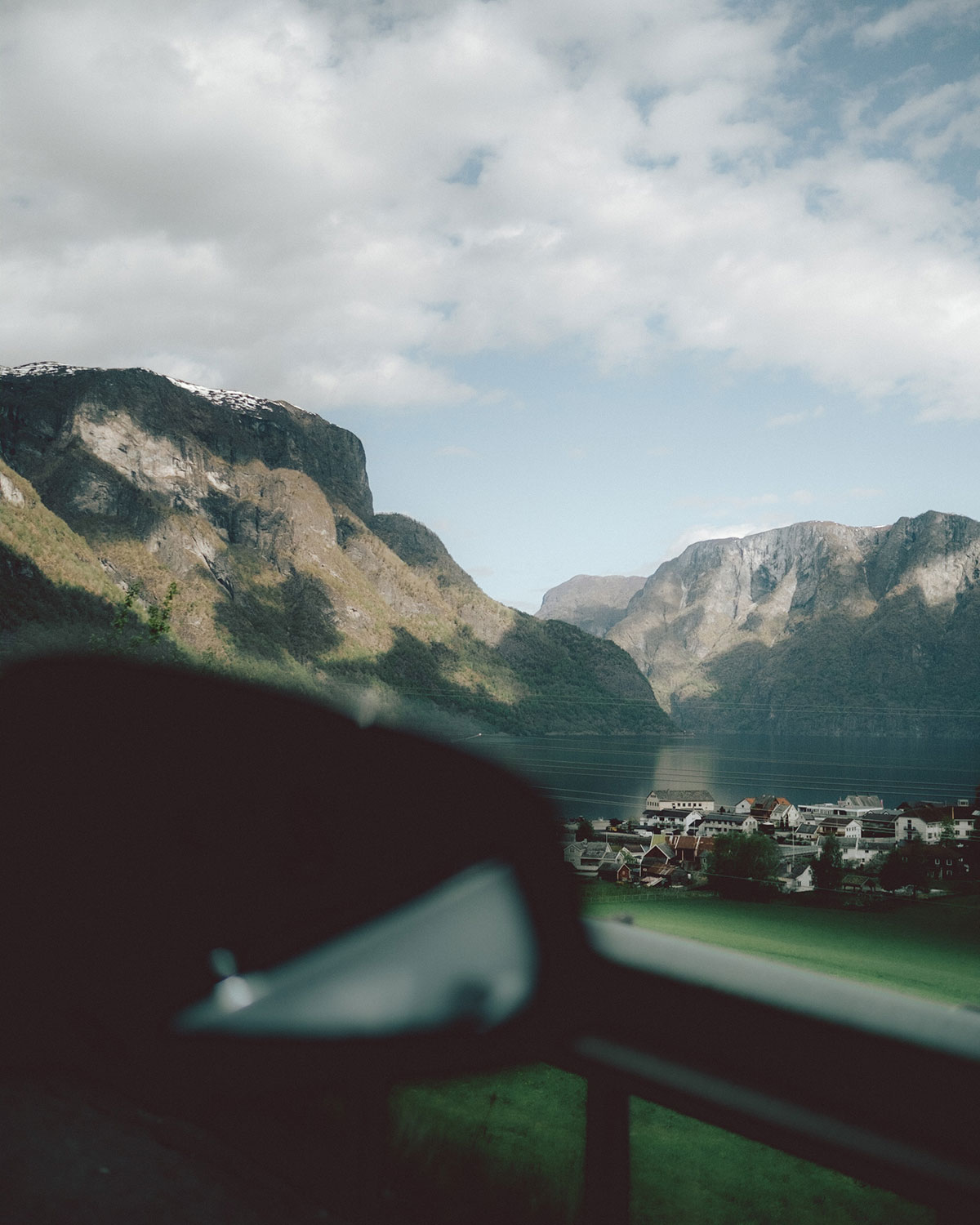Hey! Let’s talk a bit about shooting film
Though I was born and raised in Norway, I feel more Scandinavian than I do Norwegian. So, by way of introduction: My name is Erlend Gade, 24 sols on earth, and I’m Scandinavian. I am also a photographer, which is probably why you’re reading this. And even though I travel to different parts of Scandinavia to do freelance work, I’m seated in the thousand-year-old city of Oslo.
I have not always been a photographer, of course. In my teens, music totally dominated my everyday life. Football too, but playing the bass guitar was my true passion. But after three years of musical education in high school, I realized that I couldn’t do it any longer. After being whipped around by teachers who probably should never have been teachers, I was done. Have you seen the movie “Whiplash”? Kind of the same feeling, at least for me.
RIGHT: Fuji X-Pro3 . 1/1600” . ISO 800
So, to the point; I bought myself a camera. And it was done. I immediately understood that this was the thing. I moved from my hometown Sandefjord to Oslo, finally taking the reins of my own life. After a semester in Photography School, I started to really take things seriously with my camera. Now, four years later, I believe I have come closer to finding my artistic expression.
RIGHT: Fuji X-Pro3 . Fuji XF23mmF1.4 . F/4.0 . 1/420” . ISO 500
A lot of my work is now based on nature, travel, people, and, if you will, lifestyle. A lot of the photographs I keep is of quite random stuff. Like a jellyfish in the water, a plant in the window, a lantern in the dusk, and even something as trivial as my own feet in the sand. Still, shooting people and sceneries, often together, is a big part of my portfolio. I bring a camera with me almost everywhere I go.
My fear of missing a cool frame is too strong to leave my camera behind. But traveling. I travel quite a lot, and in these times, I have, of course, only traveled domestically. But hey, Norway isn’t a bad place to roam around in. So, you will see a lot of Norwegian sceneries in my photos. Mountains, fjords, small villages, and more. Norway is packed with them.
RIGHT: Fuji X-Pro1 . 1/4000” . ISO 200
What I really like is that their remoteness makes them, in some sense, feel pure or untouched, which I guess is the dream scenario for any photographer interested in nature. It certainly makes way for photographs with a rather sterile environment, though with a touch of something interesting; a detail or two, a scenery, a person or animal.
Inspiration can come from so many things. Things you see, things you read, hear or even taste. It can literarily be anything! But no matter what senses give you inspiration, the most important thing is the feeling you are left with. This feeling may stay for two seconds or half a year, but that is what truly inspires you. Well, at least it is this way for me.
RIGHT: Fuji X-Pro3 . Fuji XF35mmF2 . F/2.0 . 1/100” . ISO 400
RIGHT: Nikon Z6 . 1/2500” . ISO 400 – Model: @vildeadeleid – Vilde Ruud
I’ve been asked to talk about the “look” in my photographs. Well, it’s quite easy, really. As I most often shoot film, I want my digital photos to have somewhat of the same look. I am not editing my photos to look like film, but I’m inspired by the light and colors you get from an analog photograph. It’s simple, I just put my digital image in Lightroom and start to edit it.
I know people pay lots of money for presets and stuff, and that is cool if you think your photos look better that way, but it is actually really easy to make that look yourself. You just have to know what to adjust. My biggest tip in editing digital photos is to learn how the tone and RGB curves work and what they do.
RIGHT: Fuji X-Pro3 . Fuji XF23mmF1.4 . F/1.8 . 1/950” . ISO 160
That’s really the main thing that makes my images look the way they do: I know how to use the curves. My palette is completely controlled by the RGB curves. Again, you just have to learn what they do, and you are there. Also, have a look at your white balance. That thing is important.
Hey! Let’s talk a bit about shooting film. Oh, it’s wonderful. Even if you digitalize the negatives, you are still making a physical image. It is really stuck to that plastic-paper-feeling thing. I’m sure you have heard people say that shooting film makes you think more, because you have a limited number of frames to go through. Yeah, it’s true!
But I believe using film gives a special feeling of excitement and joy. Have you ever picked up your film from the lab? Or taking it out of the tank in the darkroom? The feeling of getting your images back, well, that stuff hits hard. I feel like a child getting their first present on Christmas Eve, after waiting for a lifelong age through dinner and dessert.
Not least, I love the community of people shooting film. People support each other, they’re curious and want to listen to you talking about your ways of photographing. I can’t count how many times I have walked past people, and we both stop to talk about the (film) cameras we have around our necks. In my experience, people who shoot film love people who shoot film. And I can’t go on without saying that your film frames after digitalizing them look so awesome.
Model: @mathildecae – Mathilde CE
Now! My cameras and lenses! My main digital camera is the Fujifilm X-Pro3, and my main analog is the Voigtländer Bessa R3A. On the Bessa, I use the Voigtländer 35mm f1.4 lens, and on the X-Pro, I use the Fujifulm 23mm f1.4 lens. So on both, I get the same equivalent focal length.
I find them to be perfect for almost anything. And I just have to admit; I don’t own a single tele lens. The narrowest lens I own is a nifty fifty. That is just my personal preference, as in my way of photographing, I only need wide-angle lenses. Believe it or not, one of my favorite lenses for shooting portraits is a 24mm on full-frame.
For a long time, I swore to full-frame cameras when shooting digital. I liked that you could get a wider angle and still keep a shallow depth of field. But after switching to Fujifilm, I haven’t looked back for a second. The X-Pro has a lot of cool and useful features and is a great camera.
But you know what I love most about the X-Pro? Holding it. I don’t think any other digital camera ever made sits better in hands than that camera. That stuff is important to me. The physical feeling of using it. The feeling of holding an X-Pro; that stuff hits damn hard.
Erlend Gade, Oslo, Norway
@erlendgade (digital) @viksand (analog)
RIGHT: Fuji X-Pro3 . 1/300″ . ISO 1600
RIGHT: Fuji X-Pro3 . Fuji XF23mmF1.4 . F/1.6 . 1/950” . ISO 160
RIGHT: Fuji X-Pro3 . Fuji XF23mmF1.4 . F/1.4 . 1/32000” . ISO 400
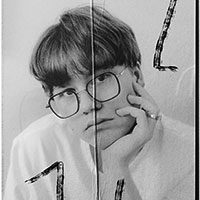
“Though I was born and raised in Norway, I feel more Scandinavian than I do Norwegian. So, by way of introduction: My name is Erlend Gade, 24 sols on earth, and I’m Scandinavian. I am also a photographer, which is probably why you’re reading this. And even though I travel to different parts of Scandinavia to do freelance work, I’m seated in the thousand-year-old city of Oslo.”

